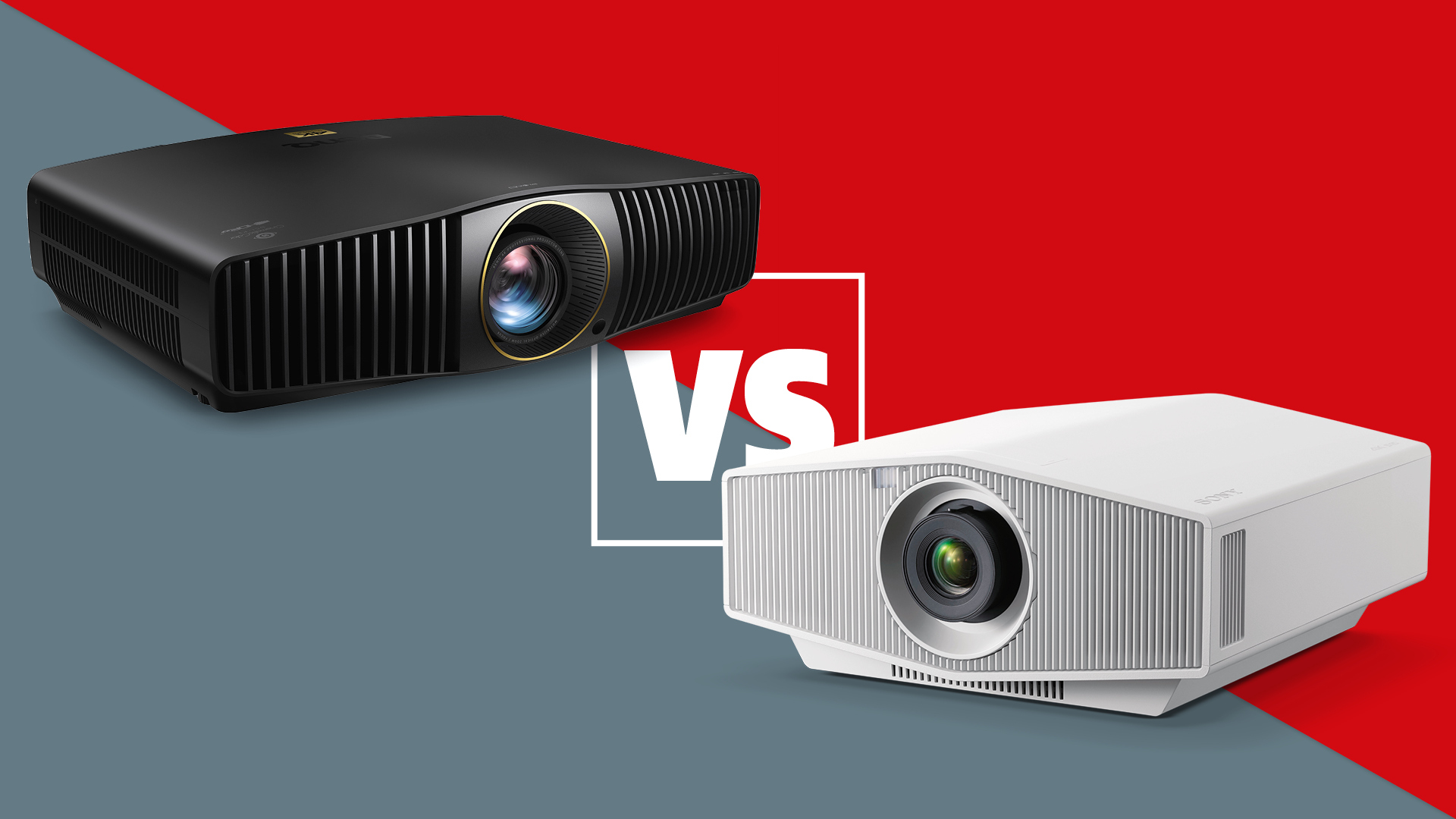Best Android phones 2025: Google-powered smartphones for all budgets
Android-powered phones for every occasion
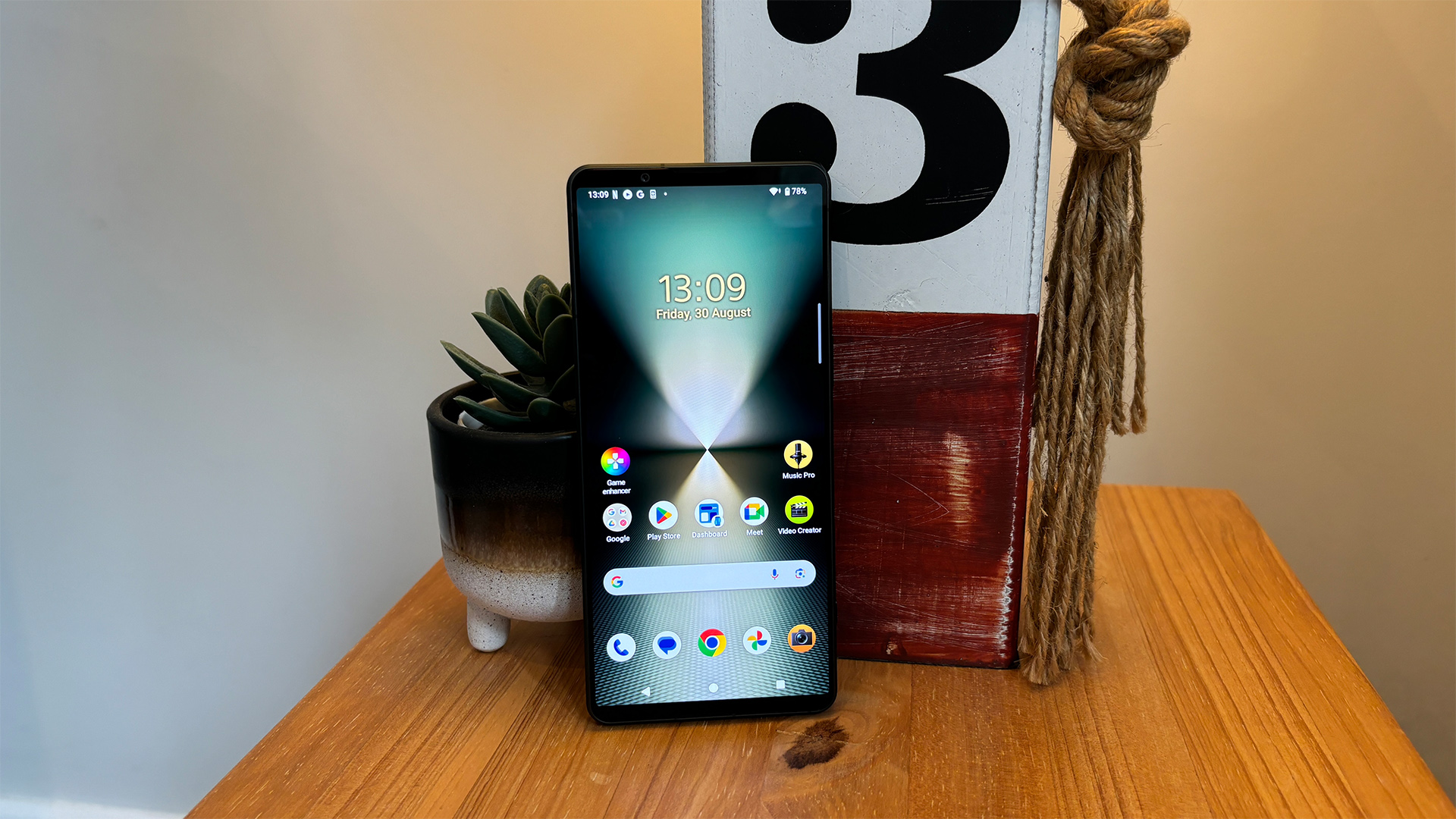
Once upon a time, long long ago, mobile phones were created as convenient handheld devices that allowed us to communicate without being tethered to a landline. Fast forward to today, and smartphones are much more than that; we use them to browse the internet, navigate to places, and even access complex AI tools. Most importantly to us, we use them to watch movies and listen to music on the go.
When deciding which phone to buy, you're met with an immediate fork in the path; iPhone or Android? Considering you've found your way onto this page, we presume you've settled on the Android operating system, which encompasses devices from manufacturers such as Google, Samsung, Sony, OnePlus and more. Now you just need to decide which handset to buy.
That's easier said than done, however, as countless manufacturers are producing an endless number of models. Thankfully, we're here to make the process of choosing your next handset easier, as we've deduced which models offer the best picture and sound performance.
Each model on this list has been thoroughly tested by our team of expert reviewers, and if you can find out more about how we test smartphones below, and if you've changed your mind and decided you do want an iOS-powered device after all, then you can find our picks for the best iPhones here.
The quick menu
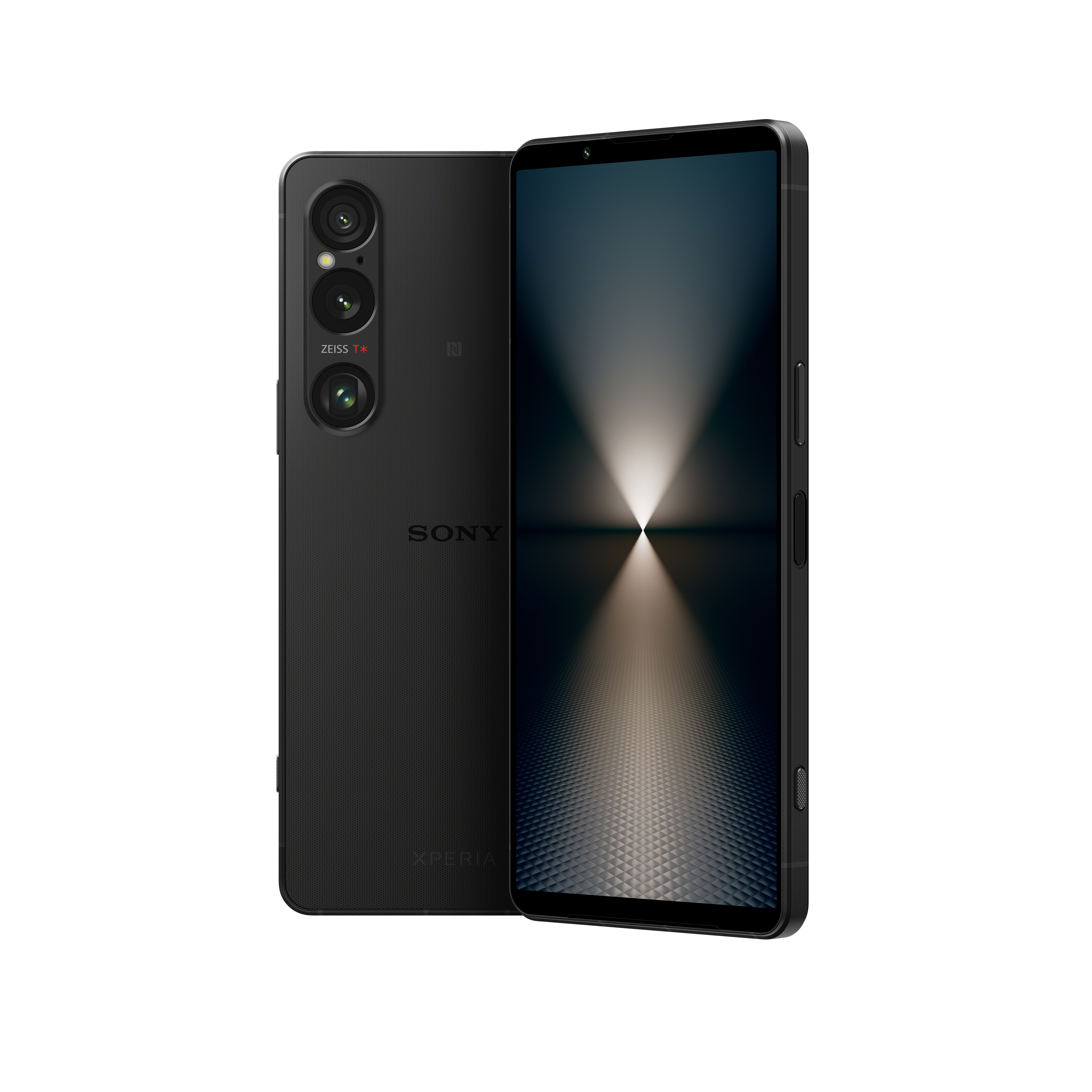
Best overall
If you prefer Android and want a smartphone with serious AV chops, then the Xperia 1 VI is the phone for you.
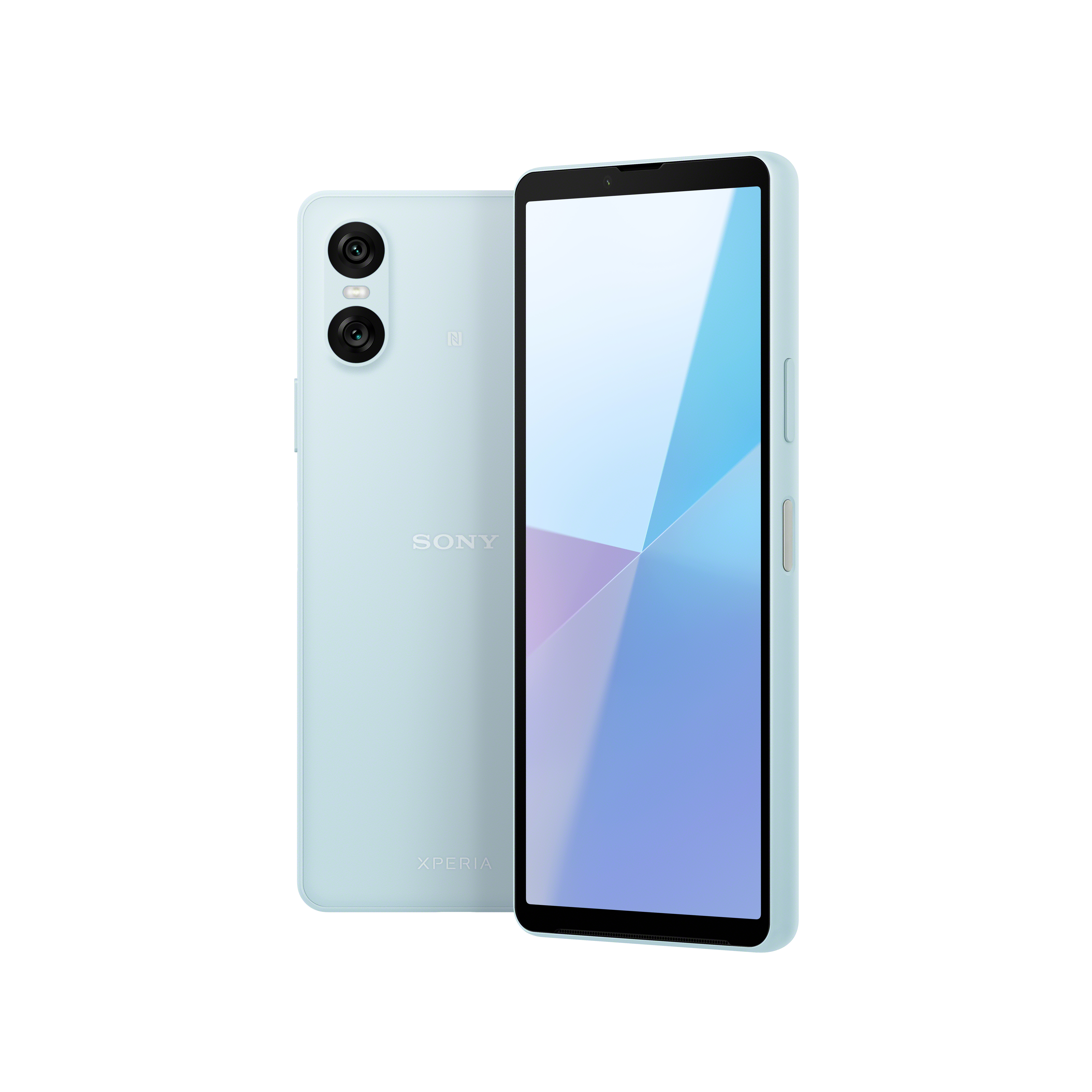
Best cheap
The Xperia 10 VI proves that Sony doesn’t deprive its more affordable phones of great AV features.
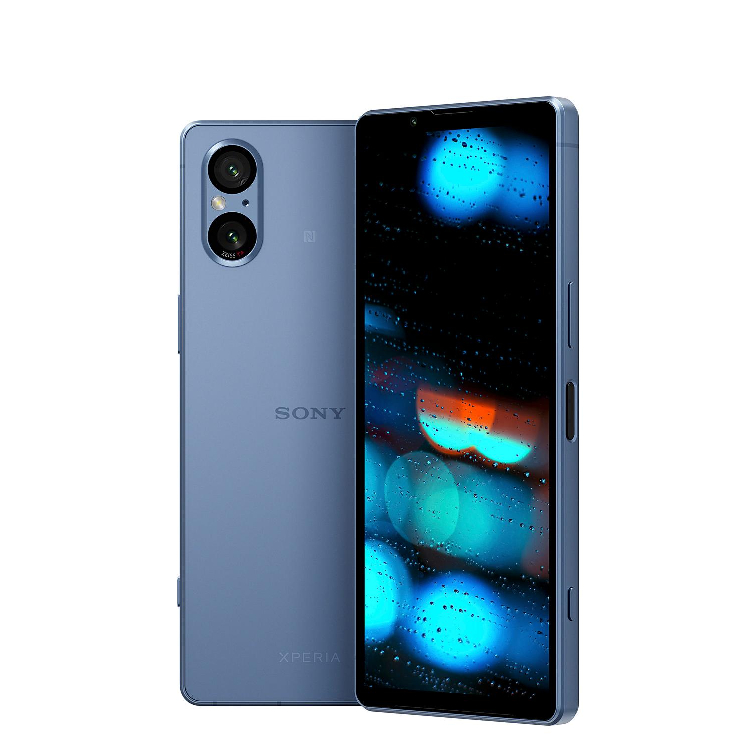
Best mid-range
With a cinematic screen and natural sound, the Xperia 5 V is an affordable Android option.
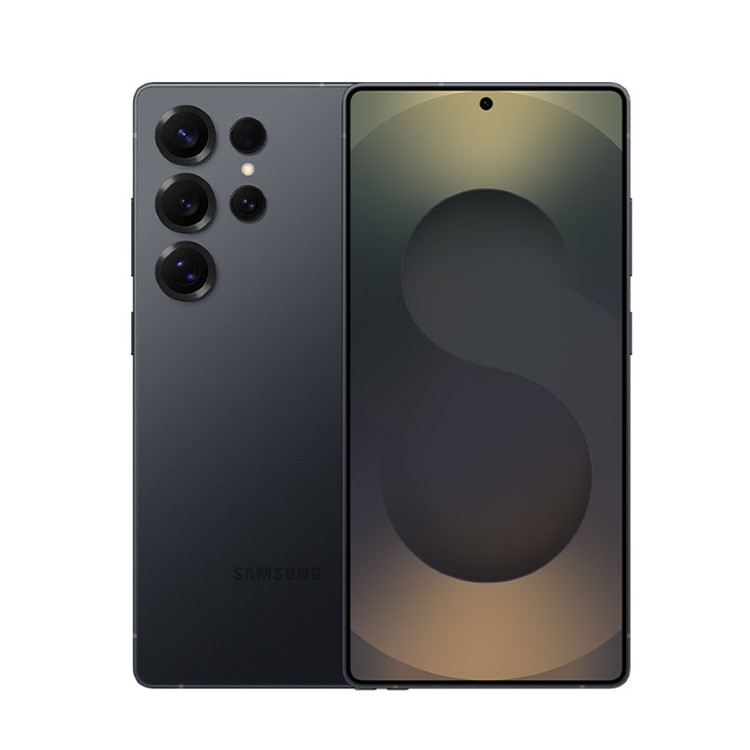
Best Samsung
It’s still beaten by Apple and Sony, but the S25 Ultra is Samsung’s best phone for AV.

Best Google
It’s Google’s best-sounding phone so far, but the Pixel 8 Pro’s screen could be better.
March 2025: Replaced the Sony Xperia 10 V with the Sony Xperia 10 VI as the best budget option, and the Samsung Galaxy S24 Ultra with the Samsung Galaxy S25 Ultra as the best Samsung option. Removed the OnePlus 11 5G from the also consider list.

I’m a Staff Writer on What Hi-Fi? and smartphones are just one of the many AV products I test on a daily basis. I’ve reviewed everything from budget handsets to wallet-emptying flagships, so I know what to look for no matter how much money you have to spend, plus my experience with the best TVs and projectors means I know exactly what a good picture should look like.
The best Android phone overall
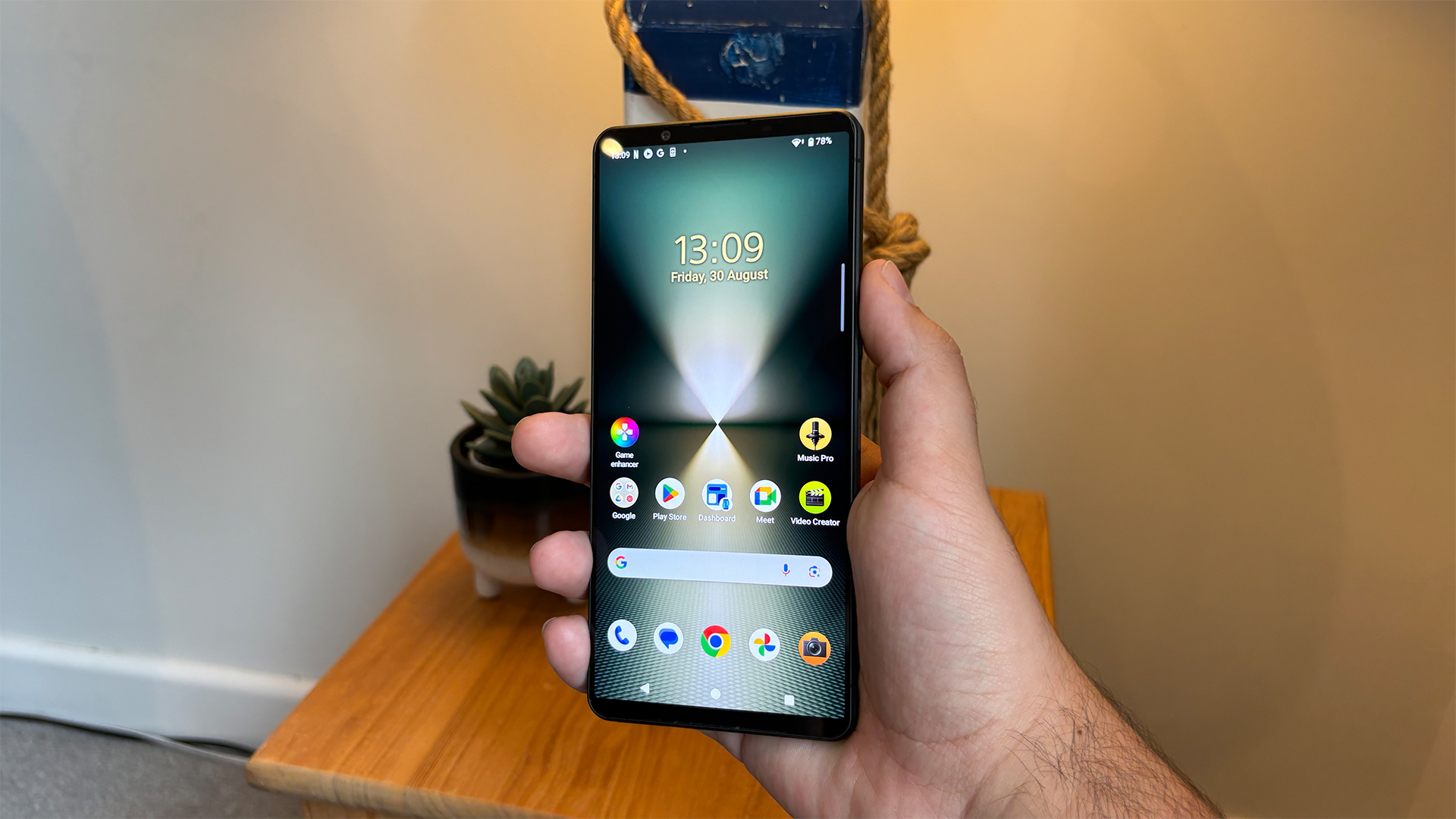
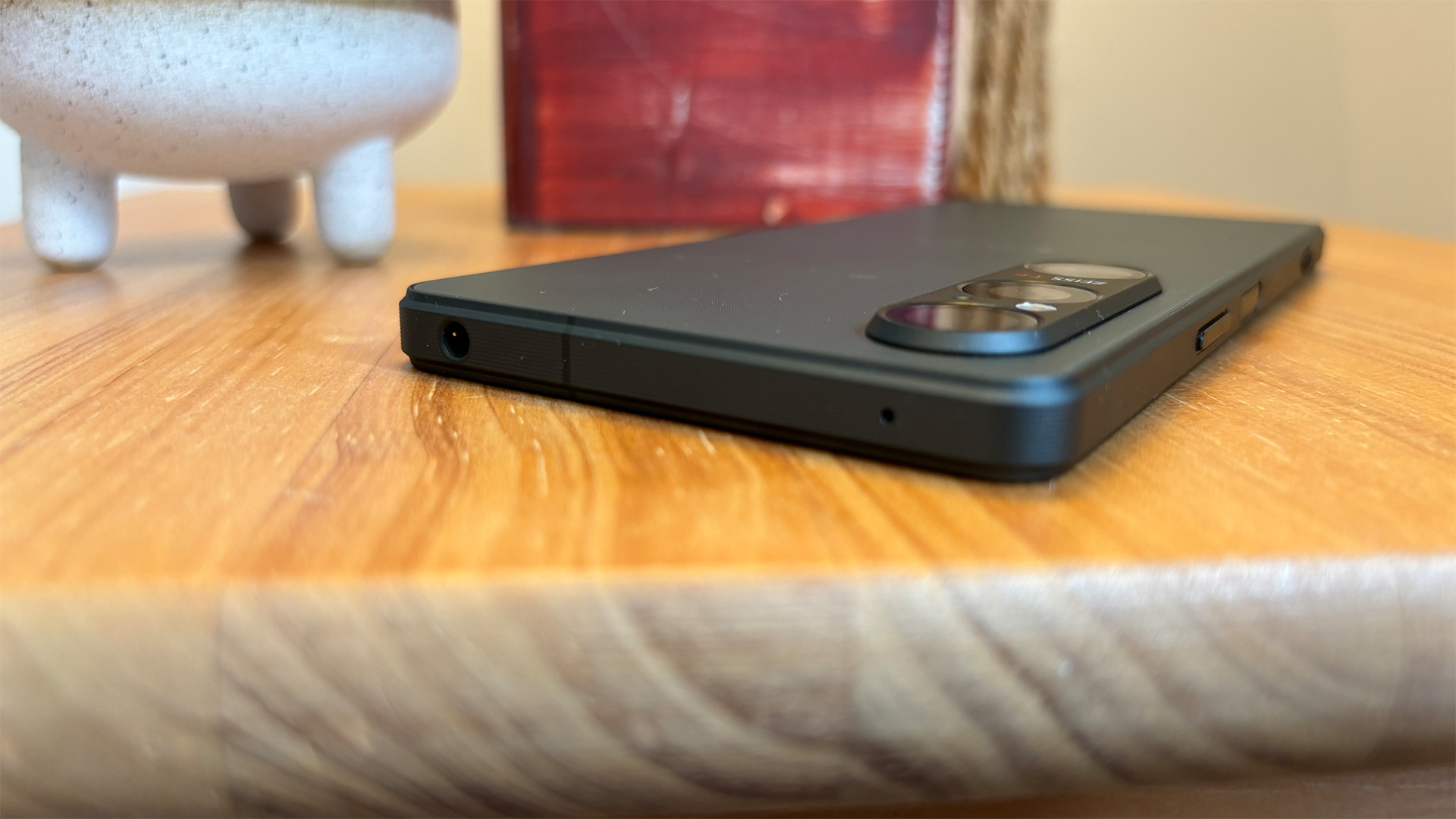
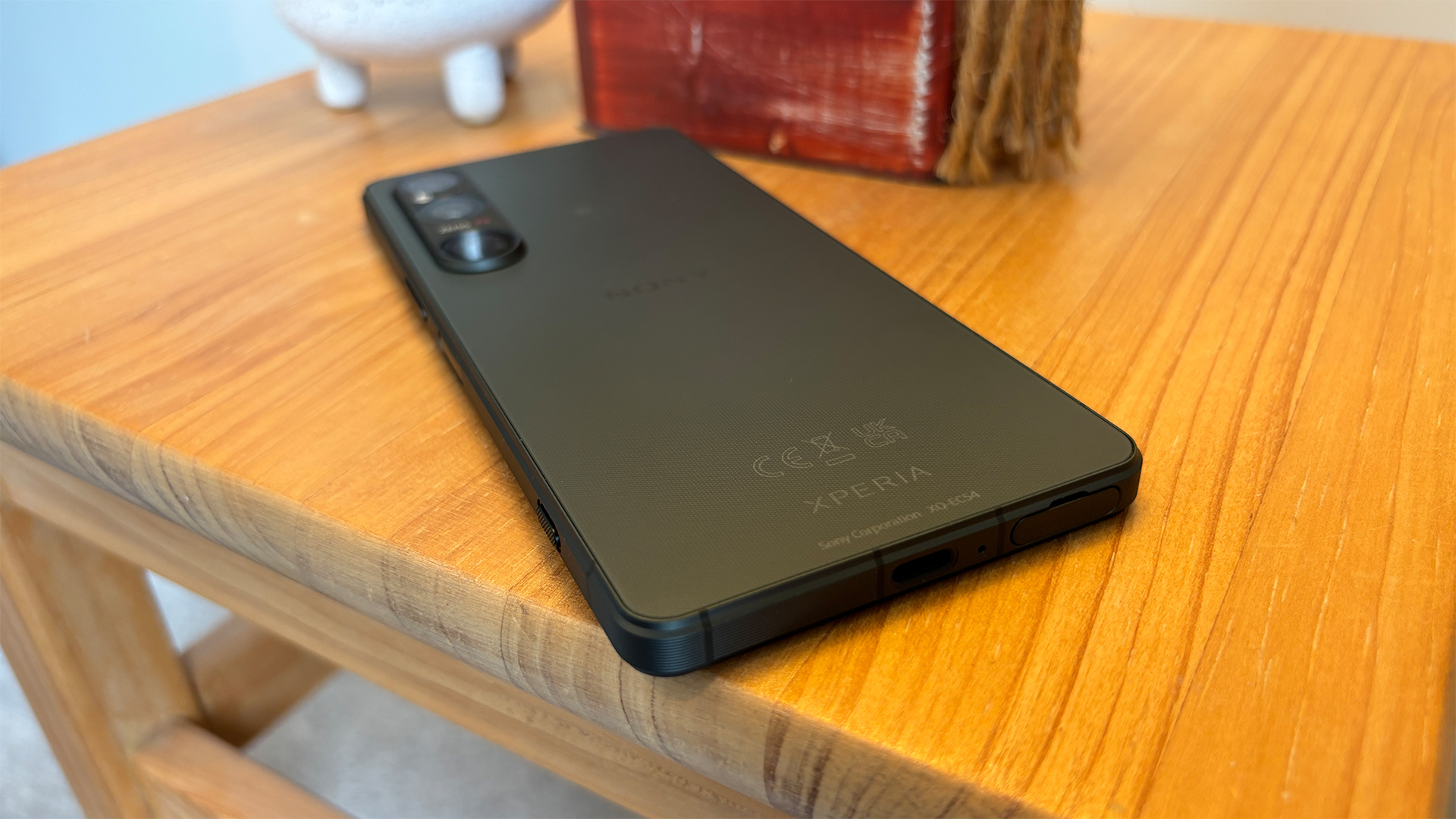
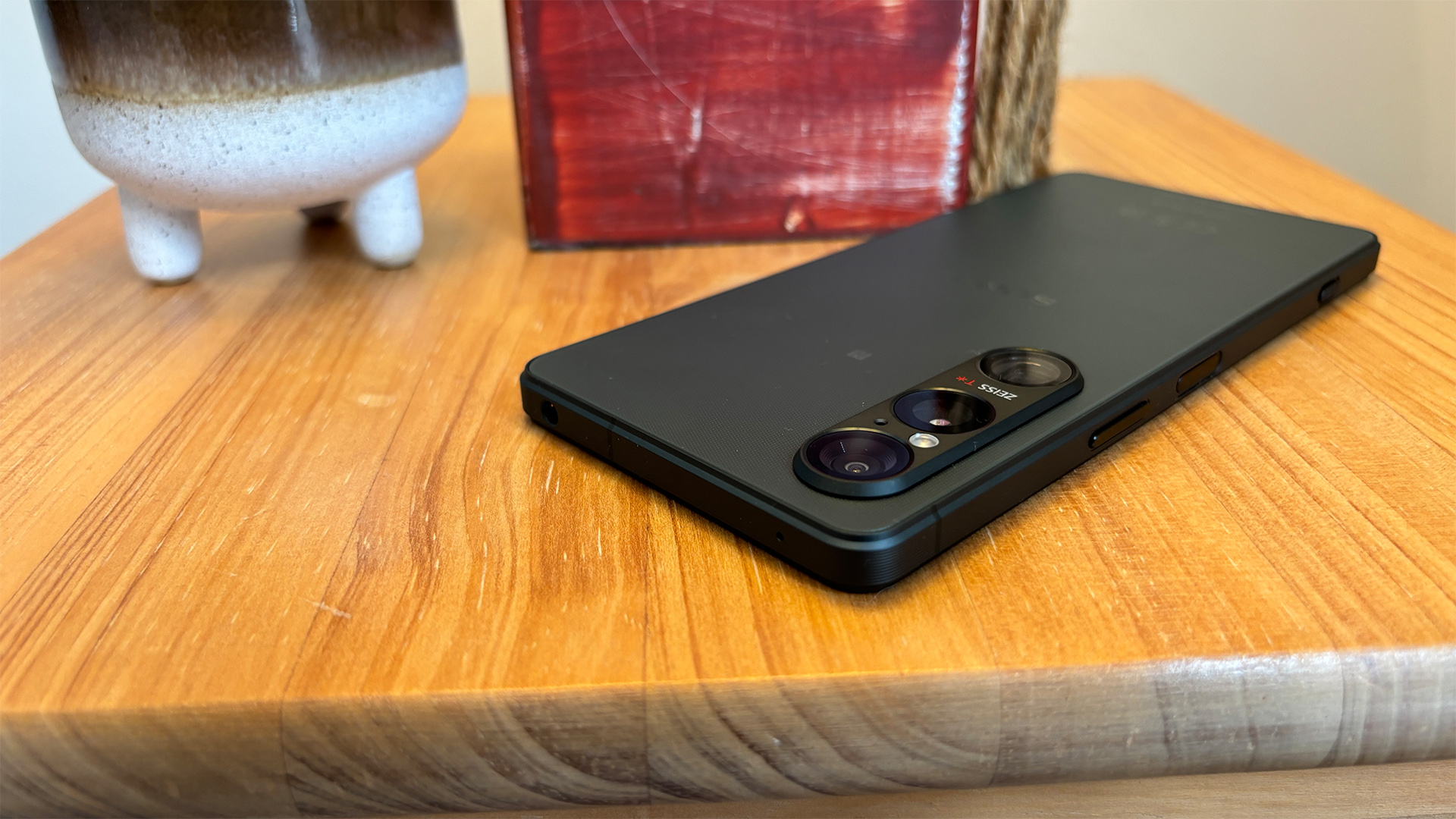

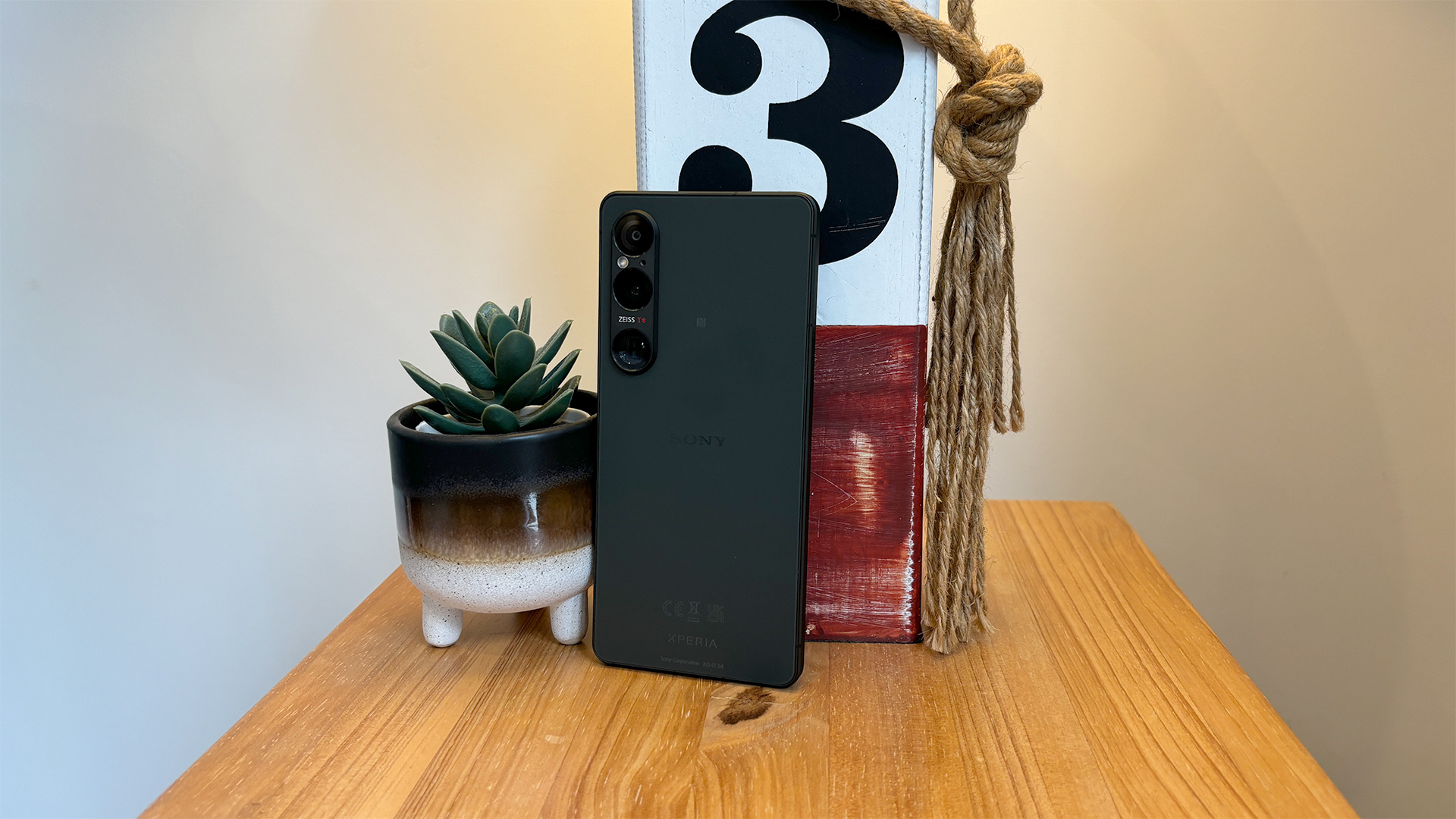
Specifications
Reasons to buy
Reasons to avoid
Sony's latest flagship phone continues the company's portable AV hot streak despite dropping a handful of features that made us appreciate the previous generations. Gone is the 21:9 aspect ratio, and the resolution has dropped from 4K to 1080p; so surely this must be an inferior device – right?
Well, not quite, as the Xperia 1 VI is still a benchmark device for making music and movies on the go. The display remains crisp and bursting with detail and contrast, and even though we have to contest with letterboxing bars on 21:9 content now, the OLED display ensures that they're not distracting. The loss of the 4K display isn't felt too heavily either, as many of the streaming services on mobile don't support the resolution.
Swapping to a 19.5:9 aspect ratio also improves day-to-day usability, with more robust app support and less risky manoeuvres required to the top of the screen compared to the taller and skinnier Xperia 1 V. The high-quality build also helps to improve grip thanks to the ridged rails and grippy rear glass texture.
The Xperia 1 VI sounds great too, with a clean, engaging and rhythmic sound that breathes life into practically any song we play through it. While it might lack a touch of warmth compared to the competing iPhone, and its speakers are good rather than great, the Xperia's headphone performance delivers a dynamic and energetic performance that's superb in its own right.
Read the full Sony Xperia 1 VI review
The best cheap Android phone
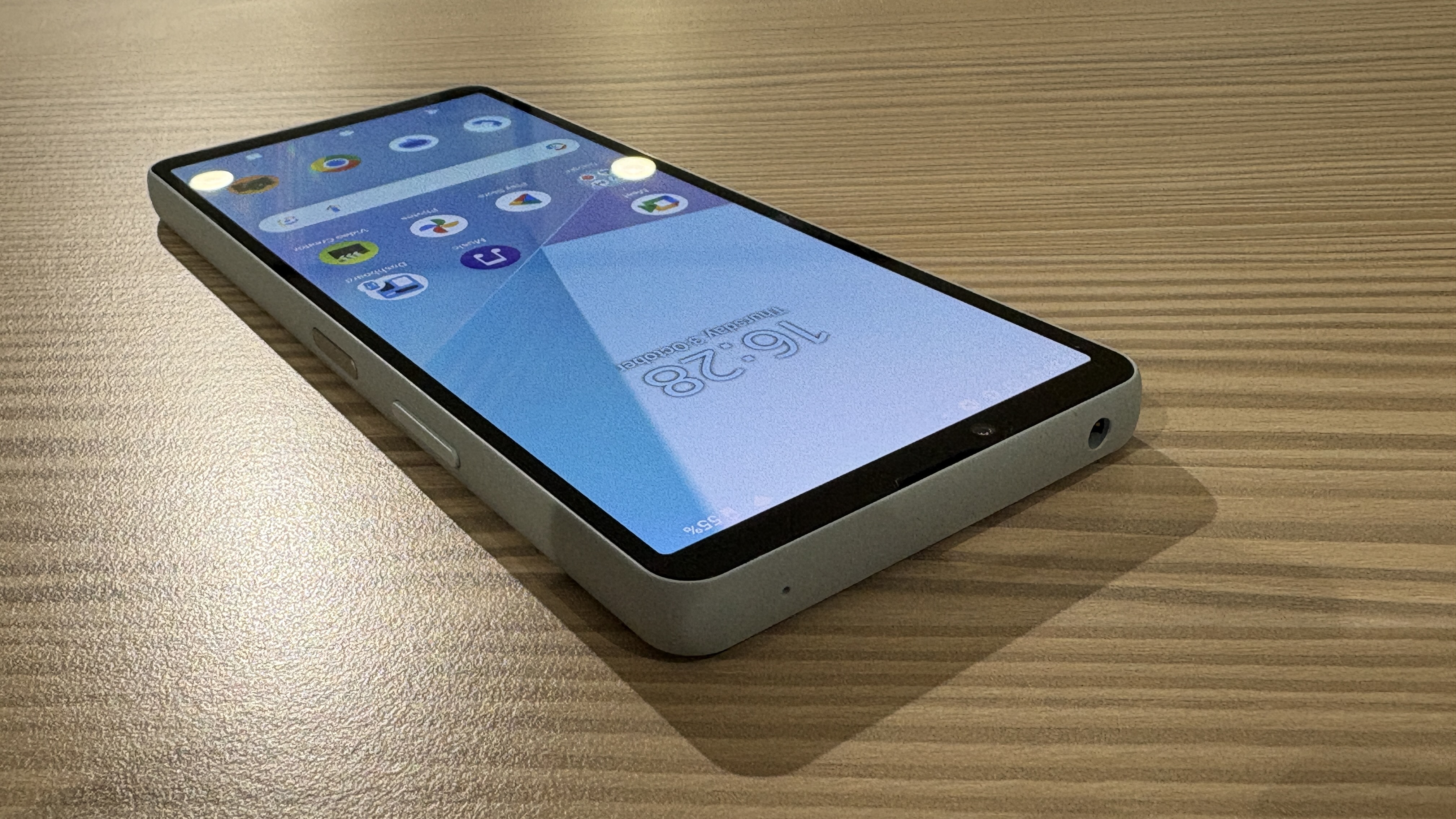
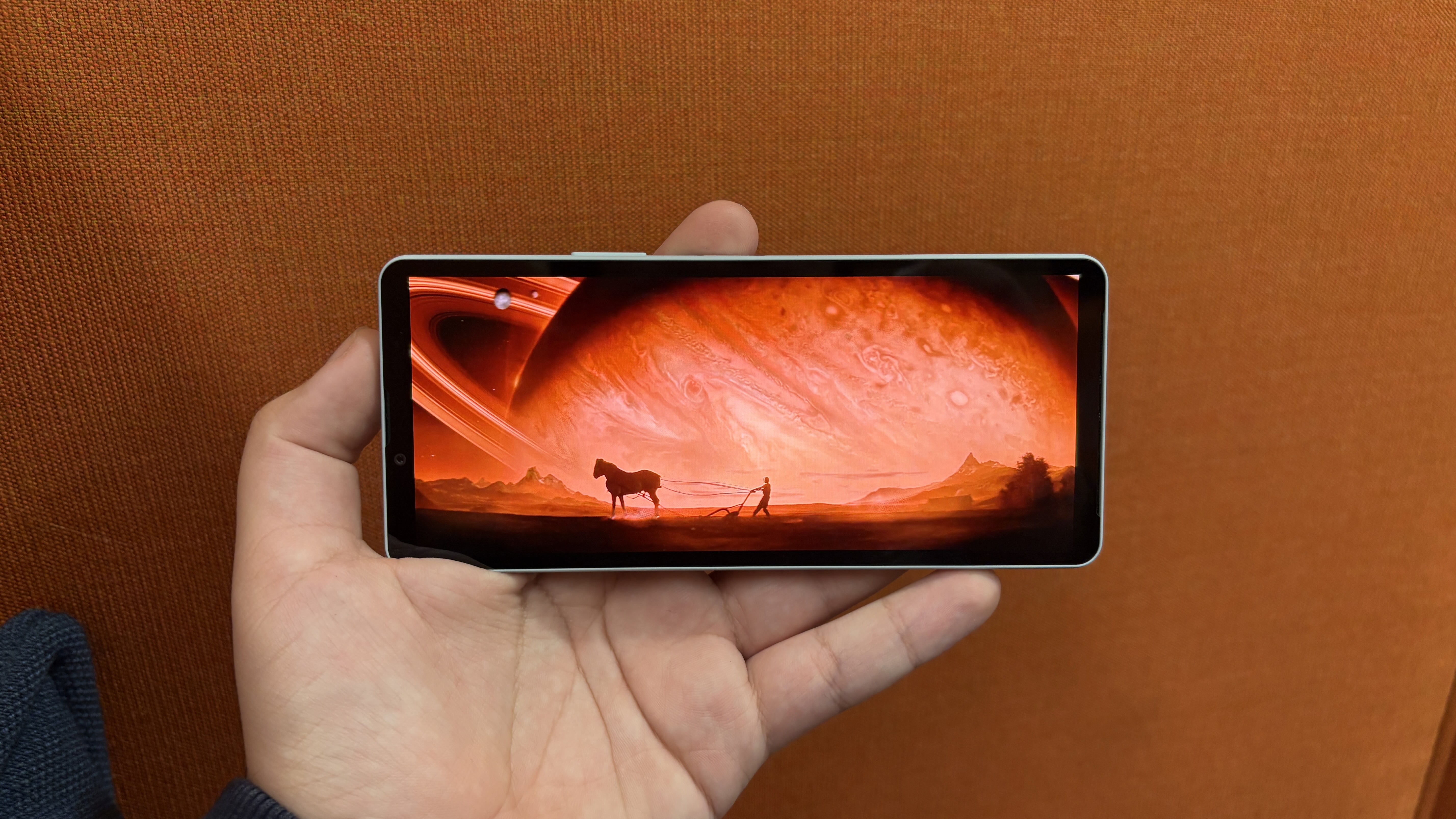

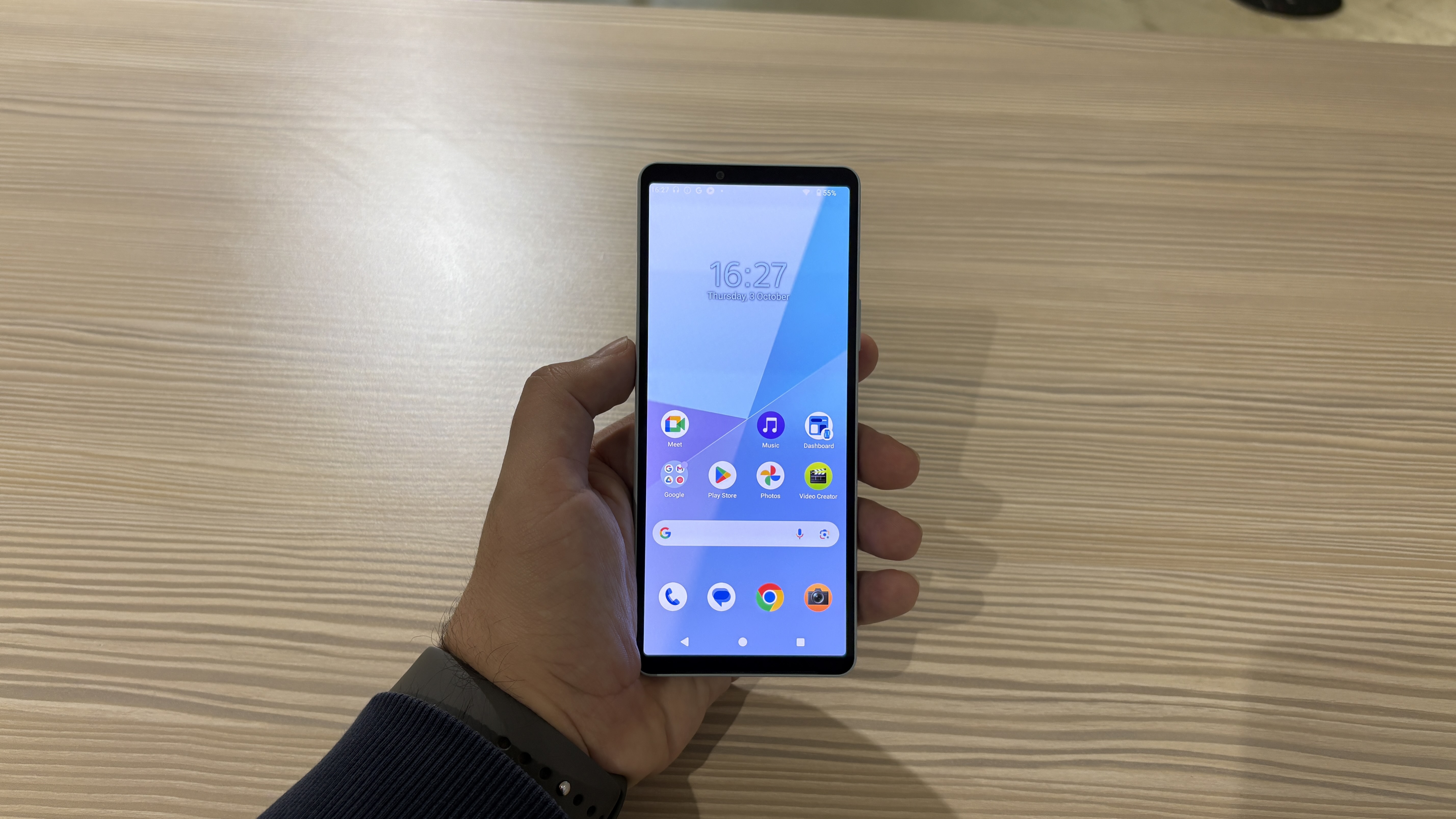
Specifications
Reasons to buy
Reasons to avoid
Sony’s focus on picture quality and audio performance is pretty much unique among smartphone manufacturers, but what’s particularly nice is that it doesn’t give up on the whole idea when it comes to its more affordable handsets.
With its RRP of just £350 (and often available for less) you’d be forgiven for significantly lowering your expectations when it comes to the Xperia 10 VI. And while there are inevitably some cuts that have been made to bring the price down, they’re not generally at the expense of picture or sound quality.
Its 6.1-inch 21:9 OLED screen delivers a natural-looking image with well-balanced colours, but it’s how three-dimensional everything looks that’s probably most striking. Edges are well-defined and skin tones look accurate, with no noticeable judder when the pace picks up. There’s some loss of detail in particularly dark areas, but nothing concerning for a phone that costs this much.
The audio performance is similarly impressive. It’s insightful, engaging and well-organised when using headphones, and there’s even a 3.5mm socket if you want to use a wired pair. Even the built-in speakers are perfectly usable if you’ve left your headphone at home (but only if there’s nobody else around to annoy).
The cameras are nothing to get excited about, and the whole thing is made of plastic as you’d expect given the price tag, but that’s not an issue until the over-enthusiastic haptic feedback kicks in, which causes the entire chassis to buzz. We ended up turning it off completely.
If you want a Michael Bay phone on a Mike Leigh budget, look no further than the Sony Xperia 10 VI.
Read the full Sony Xperia 10 VI review
The best mid-range Android phone
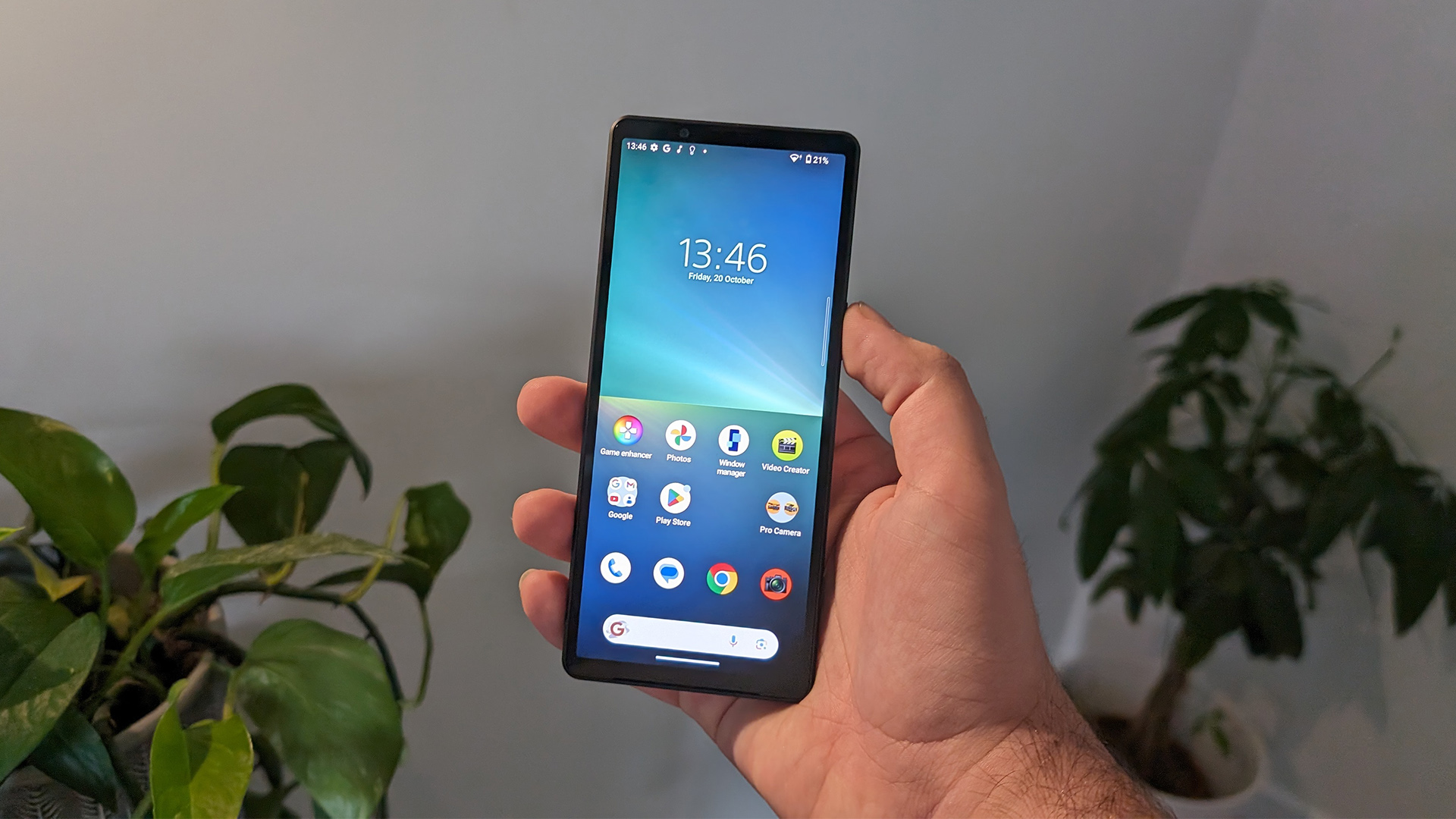
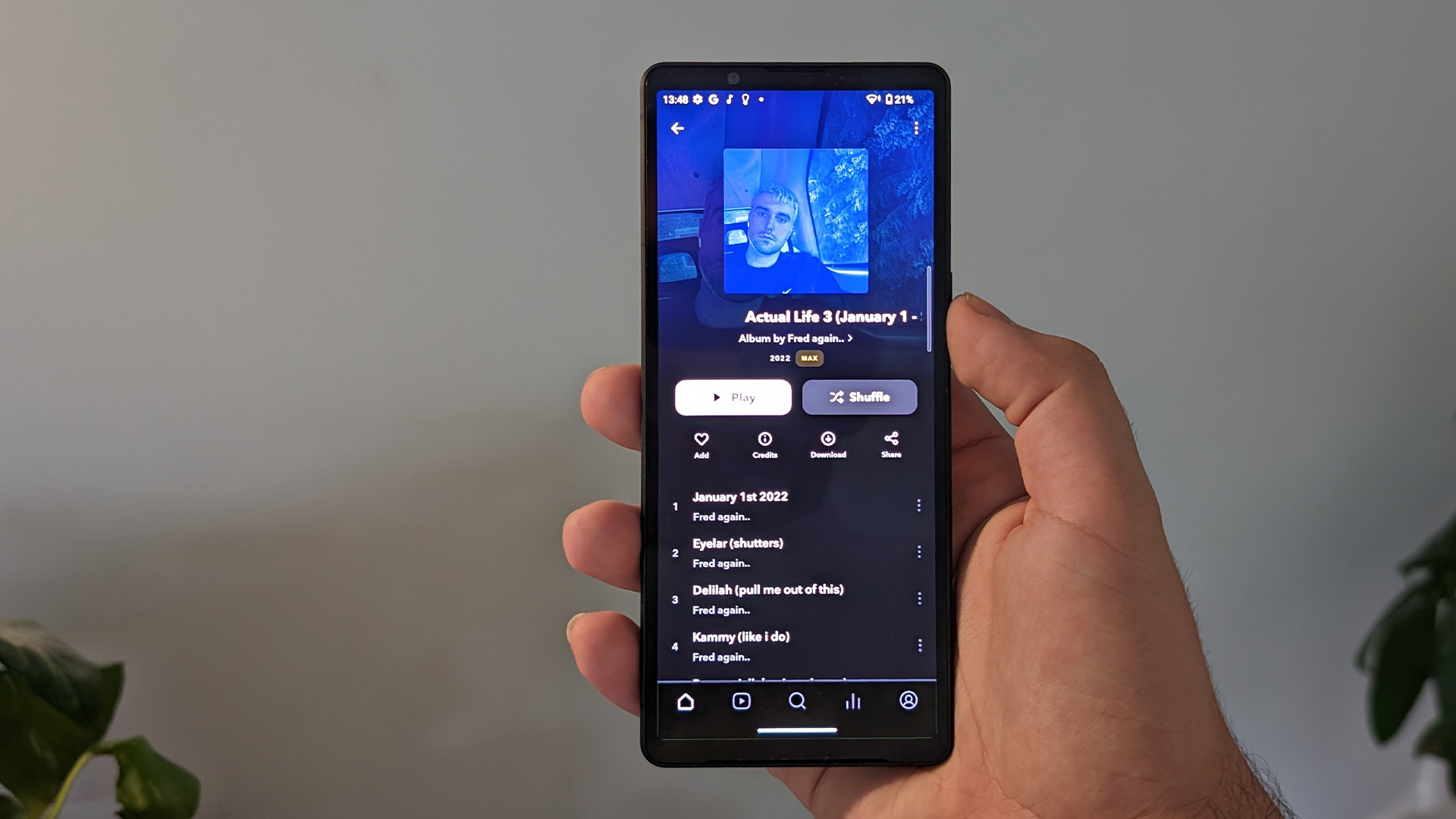
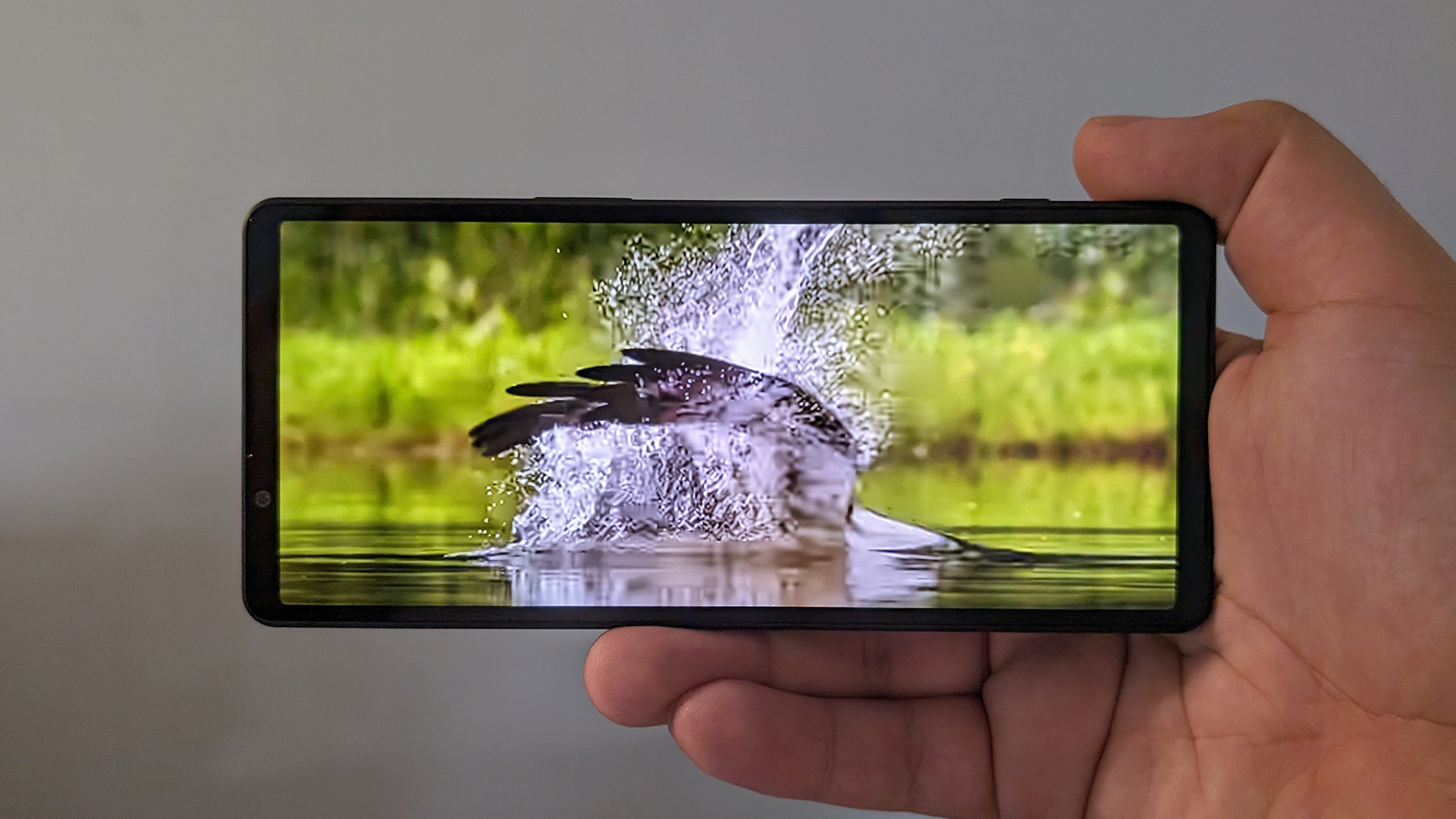
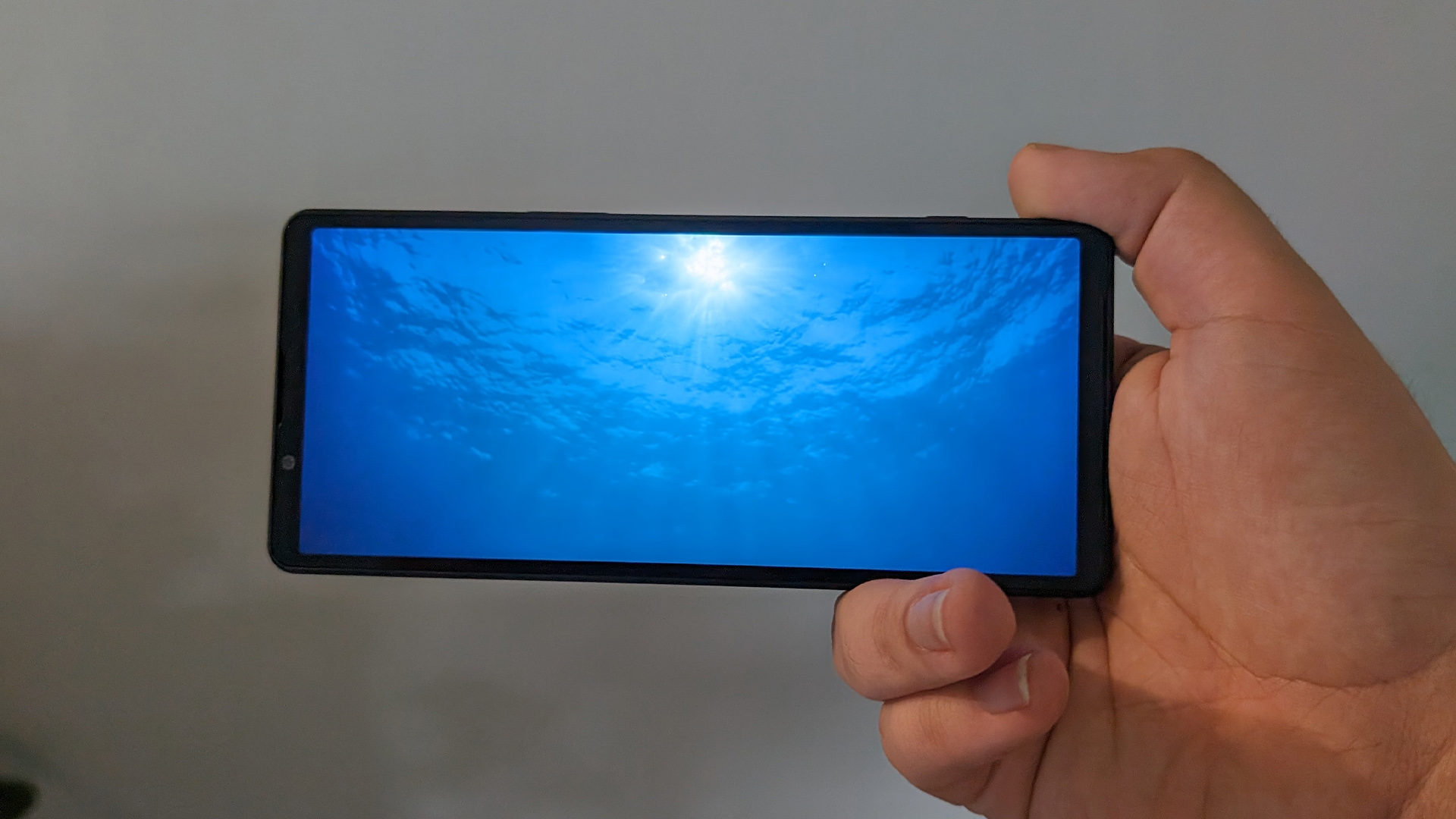
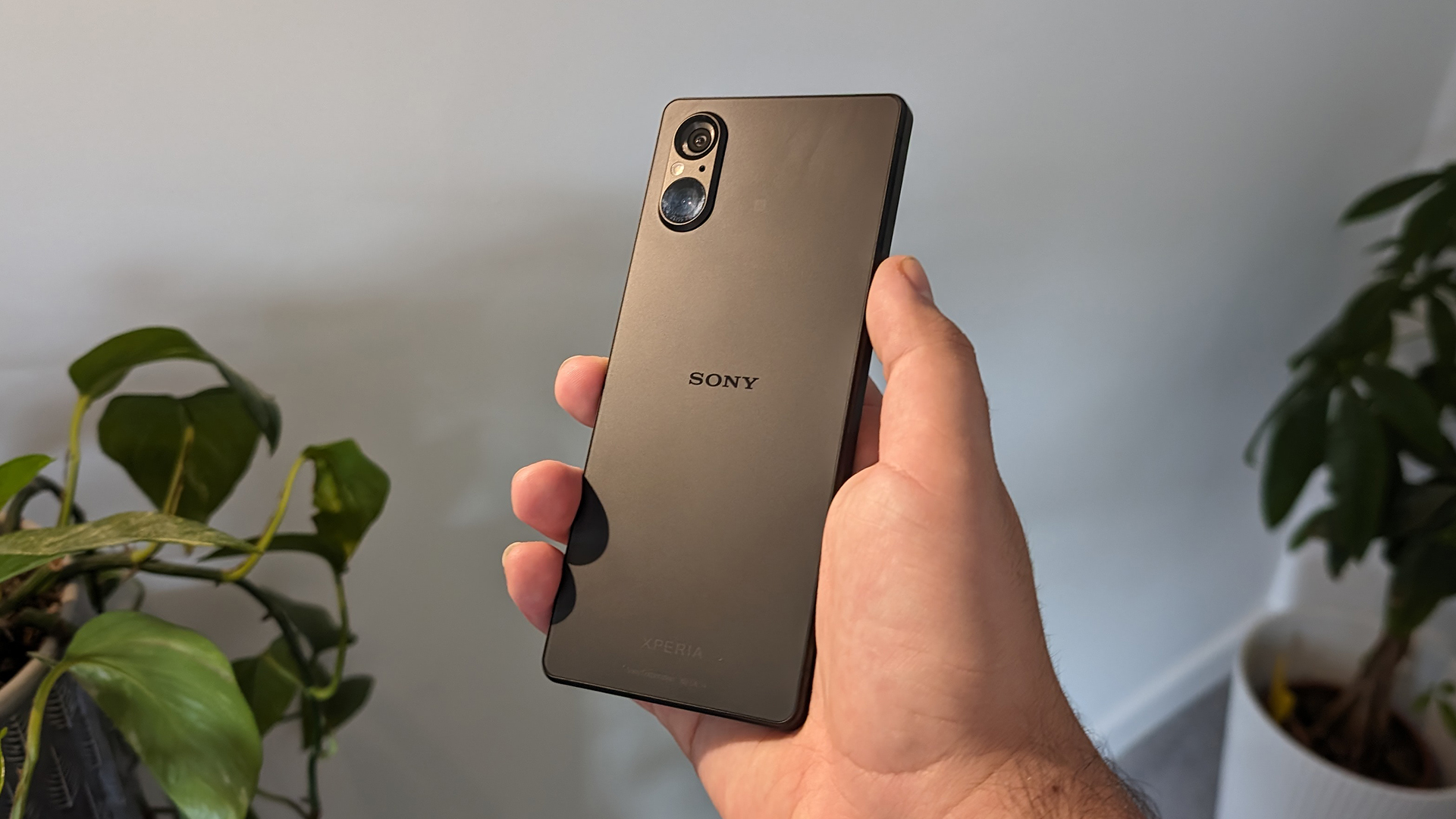
Specifications
Reasons to buy
Reasons to avoid
If you're confused by Sony's naming convention for its phones, we don't blame you. Xperia 5 is the model, and sits mid-way between the flagship Xperia 1 and budget Xperia 10. The 'V' part is the iteration, so this is the fifth variant of the Xperia 5. And it's the best yet.
Not that it likes to shout about it. Apart from the redesigned camera module, it's almost indistinguishable from the Xperia 5 IV, complete with 3.5mm headphone jack – a rarity nowadays. The screen is the same size and resolution as the cheaper Xperia 10 V, but has a higher refresh rate (120Hz) and Sony’s Creator Mode which brings the image closer to the creator's original vision. HDR comes courtesy of the HDR10 standard.
Sound features are also very similar to the other two models in the lineup, with front-facing stereo loudspeakers, hi-res wired audio and plenty of Bluetooth 5.3 audio codecs including A2DP, LE Audio, aptX HD and aptX Adaptive, as well as immersive audio formats in the form of Dolby Atmos and Sony 360 Reality Audio.
While the screen is smaller than the 1 V's, it's still seriously impressive, with deep inky blacks and popping bright highlights. The only issue is that content not in the 21:9 aspect ratio gets hefty black pillars flanking the left and right of the picture. But the audio is also up there with the best on a mobile – you'll want to make use of that 3.5mm headphone port.
Read the full Sony Xperia 5 V review
The best Samsung Android phone
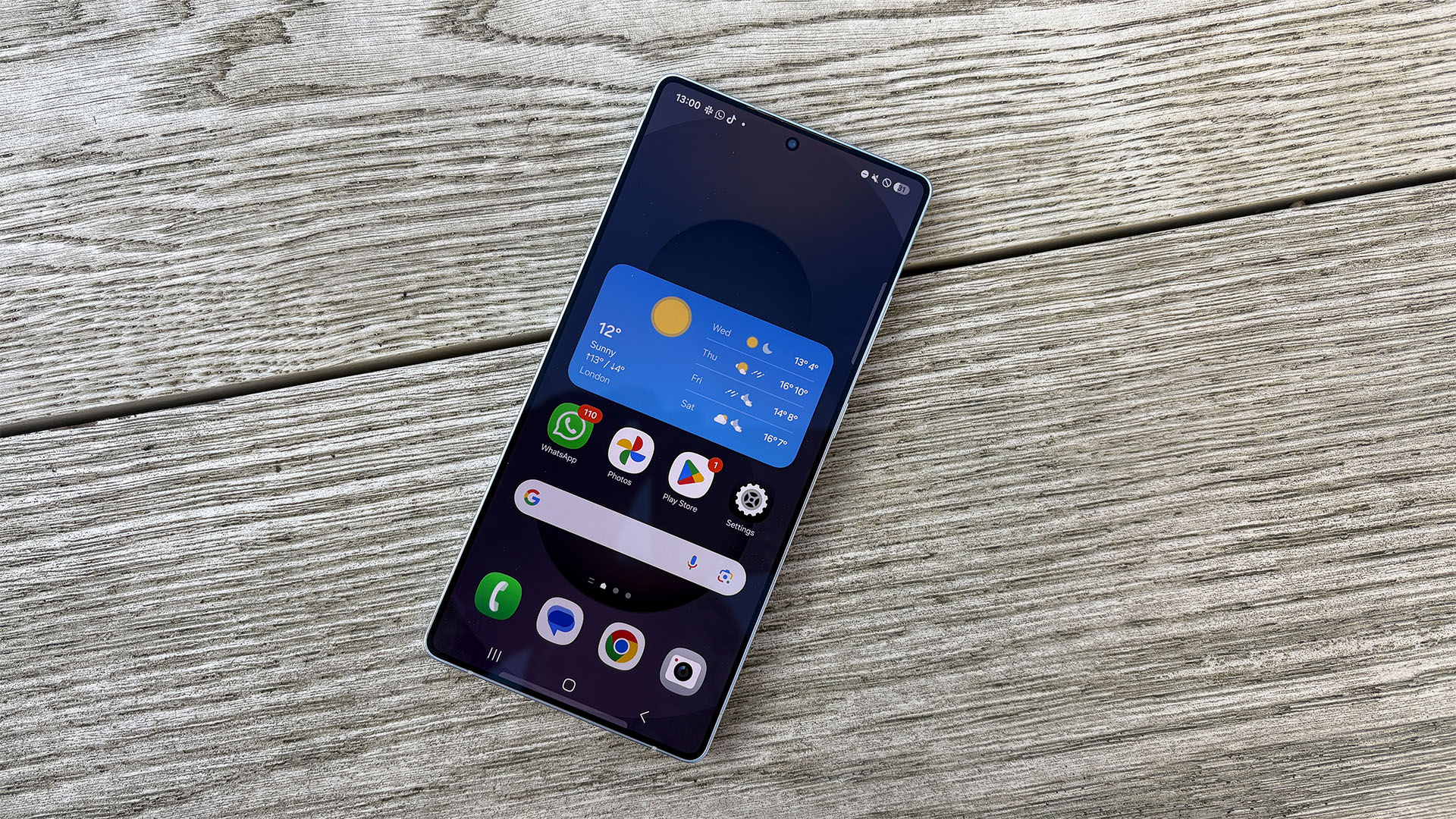
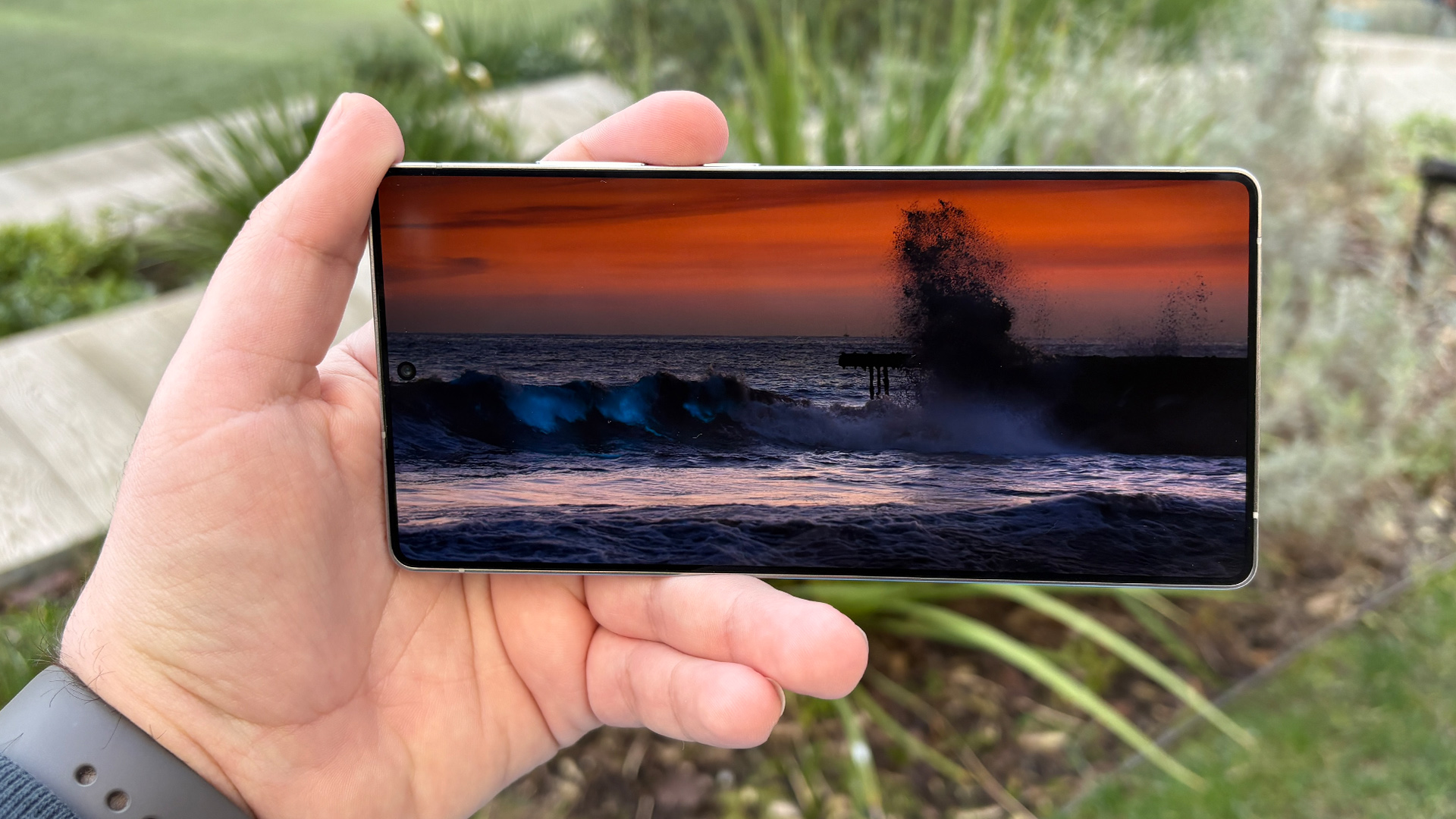
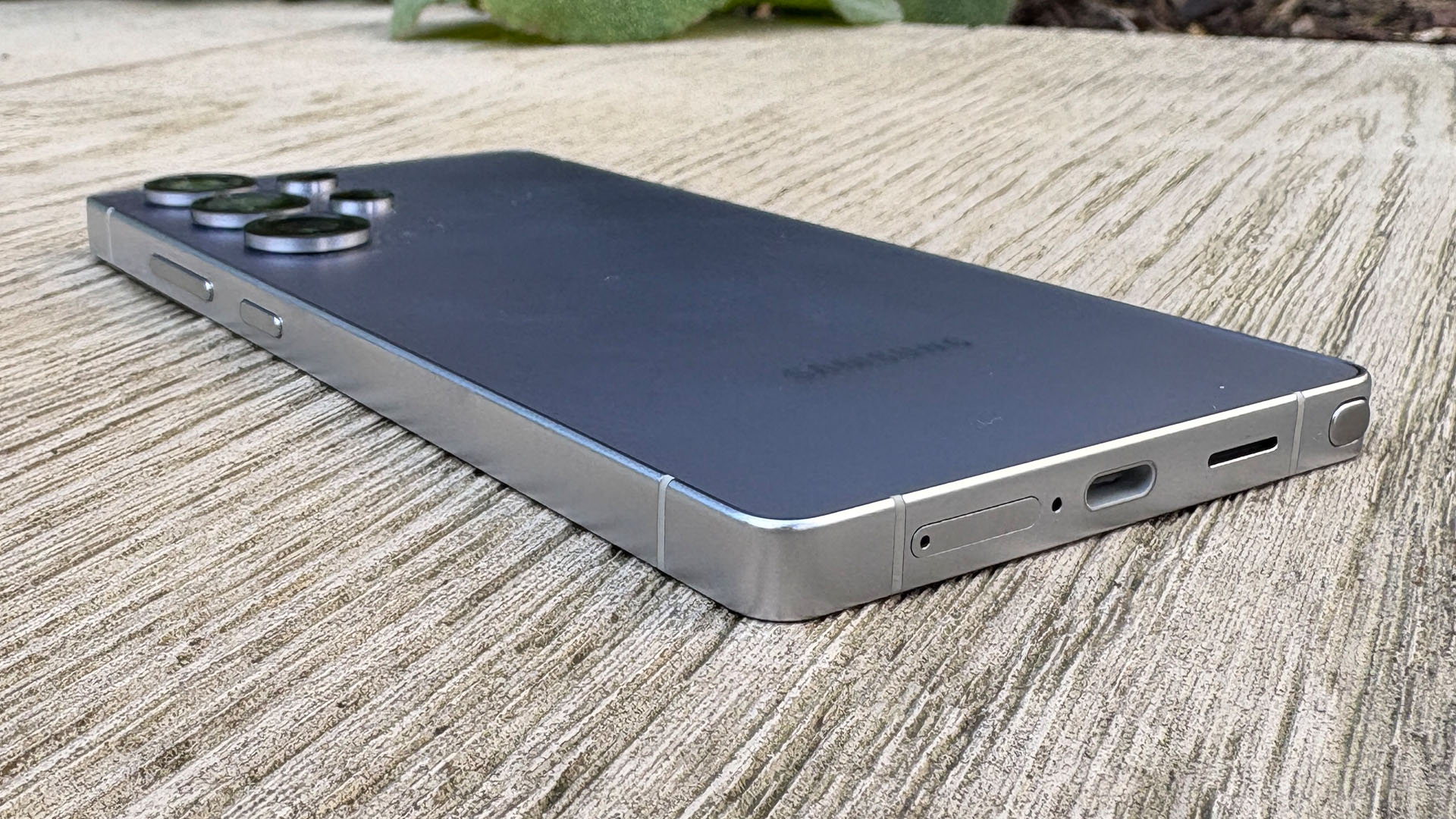
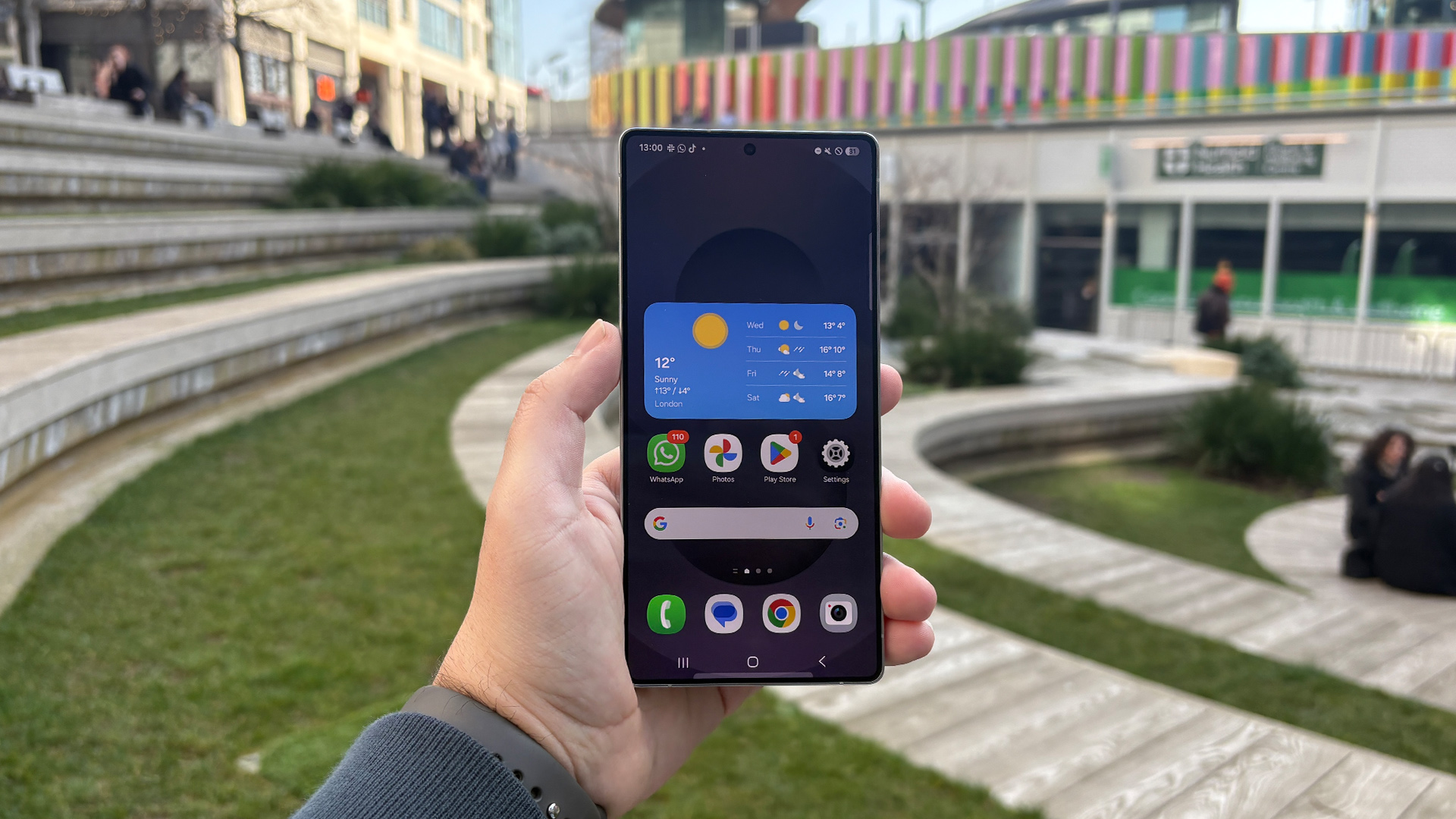
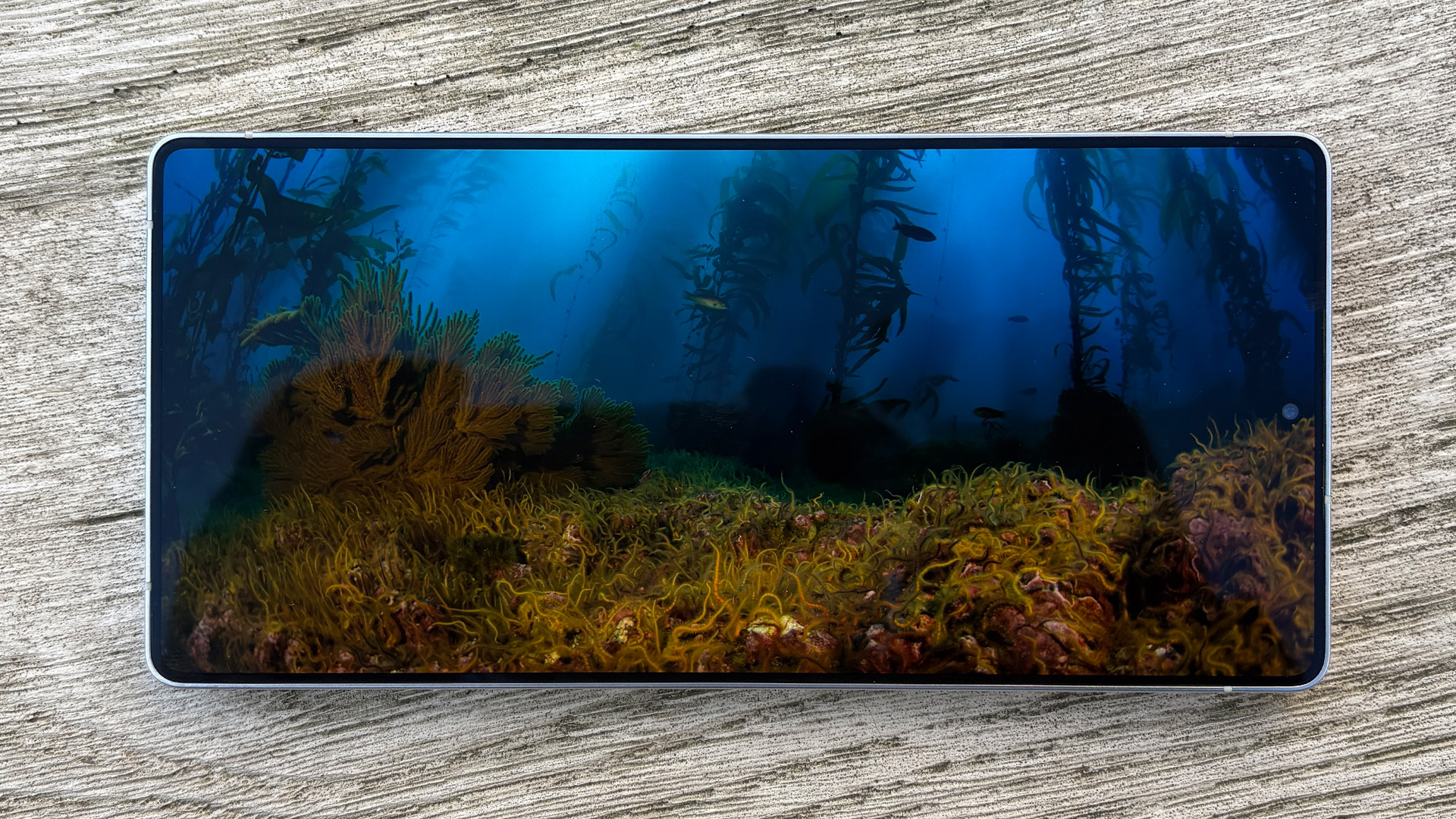
Specifications
Reasons to buy
Reasons to avoid
Samsung’s Galaxy S25 Ultra is one of the most advanced smartphones ever made. But while most people will focus on the powerful processor, AI capabilities and highly capable cameras, it’s the AV improvements that piqued our interest when it was unveiled in January.
Its 6.9-inch AMOLED screen is one of the best we’ve ever seen on a smartphone, delivering a rich, engaging, three-dimensional picture that isn’t quite a match for the Sony Xperia 1 VI when watching movies, but runs it pretty close. Certain scenes can introduce some judder, but we’ve seen similar issues on other phones, so it’s not unique to the Samsung.
Audio performance isn’t far behind. With a pair of headphones plugged in using an adaptor, the S25 Ultra sounds crisp, detailed and spacious, although low-level dynamics and timing could definitely be better. Switch to the built-in speakers and things are similarly impressive, with the phone’s sheer size translating to a real sense of separation.
As a phone, rather than a pocket-sized cinema, the S25 Ultra is hugely impressive. It’s not a huge departure from its predecessor design-wise, but it has that premium feel you’re looking for from something that costs this much.
That new processor inside makes light work of whatever you throw at it, and some of the AI features are genuinely useful, too, with a hefty battery that you’ll struggle to drain in a day, even if you spend a significant chunk of it using the brilliant collection of cameras on the back.
The Samsung Galaxy S25 Ultra still isn’t quite the best when it comes to pocketable AV, but the improvements made here make a tangible difference that’ll please anyone with a budget (and hands) big enough for it.
Read the full Samsung Galaxy S25 Ultra review
- Empty list
The best Google Android phone
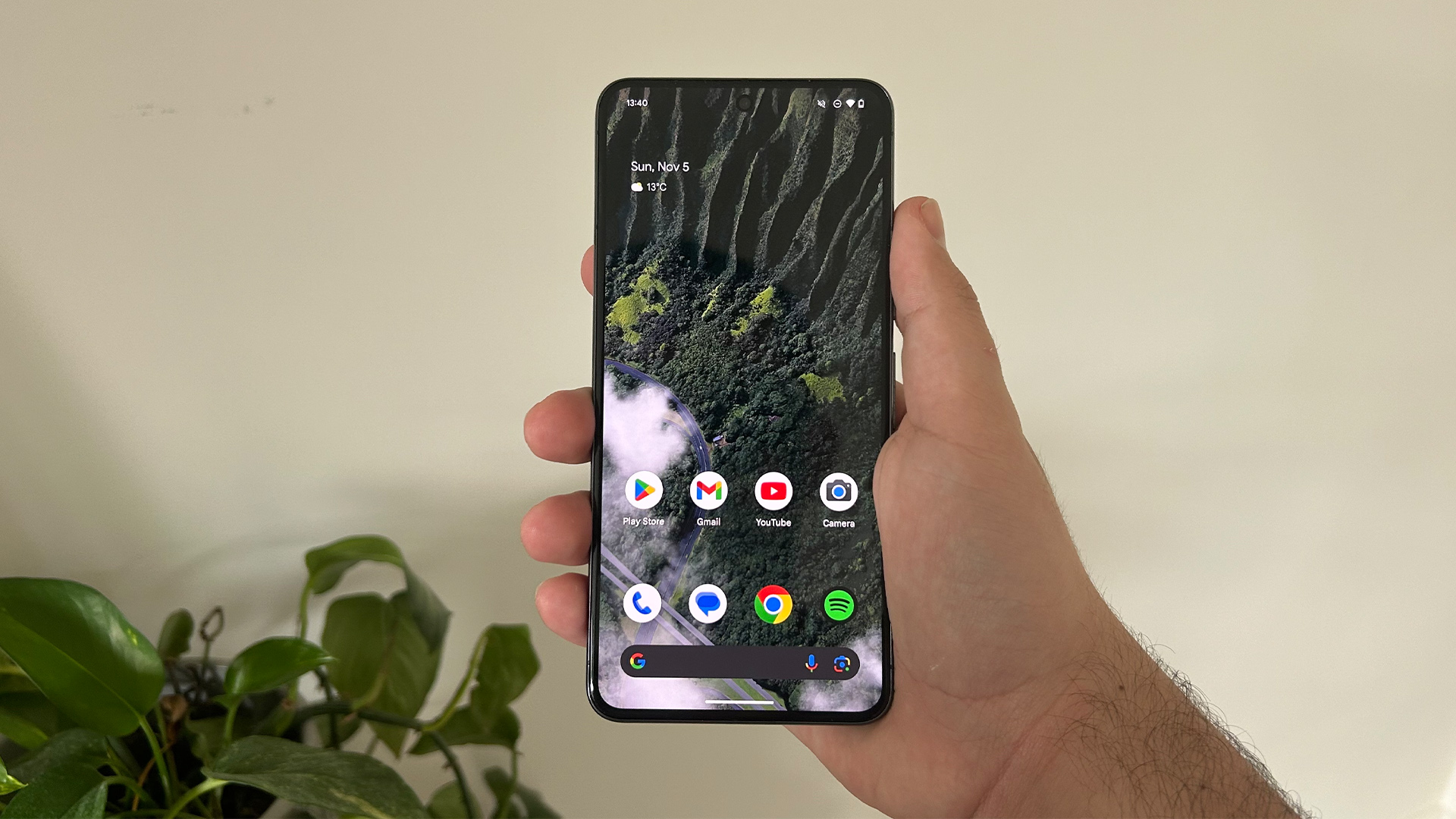
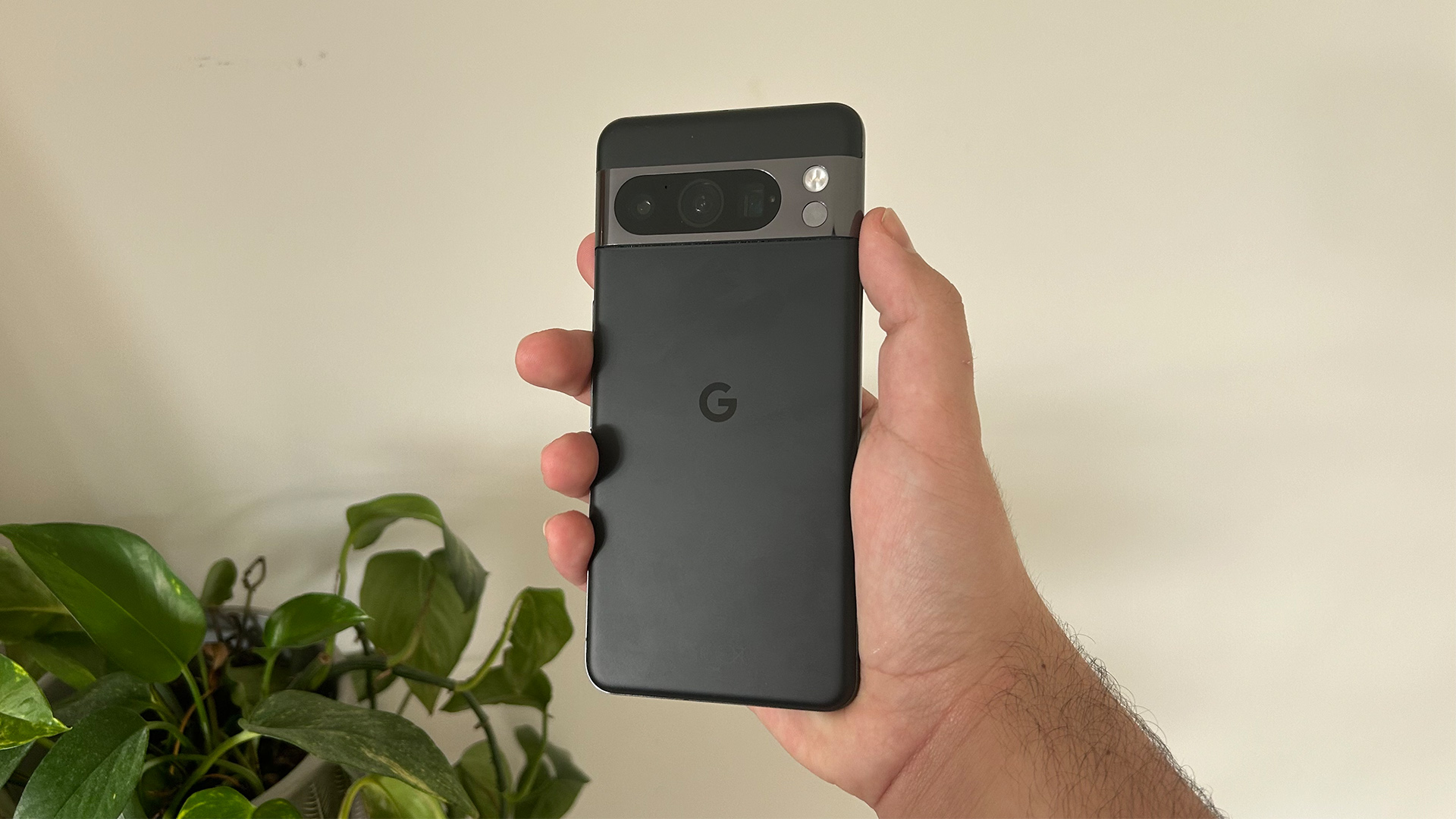
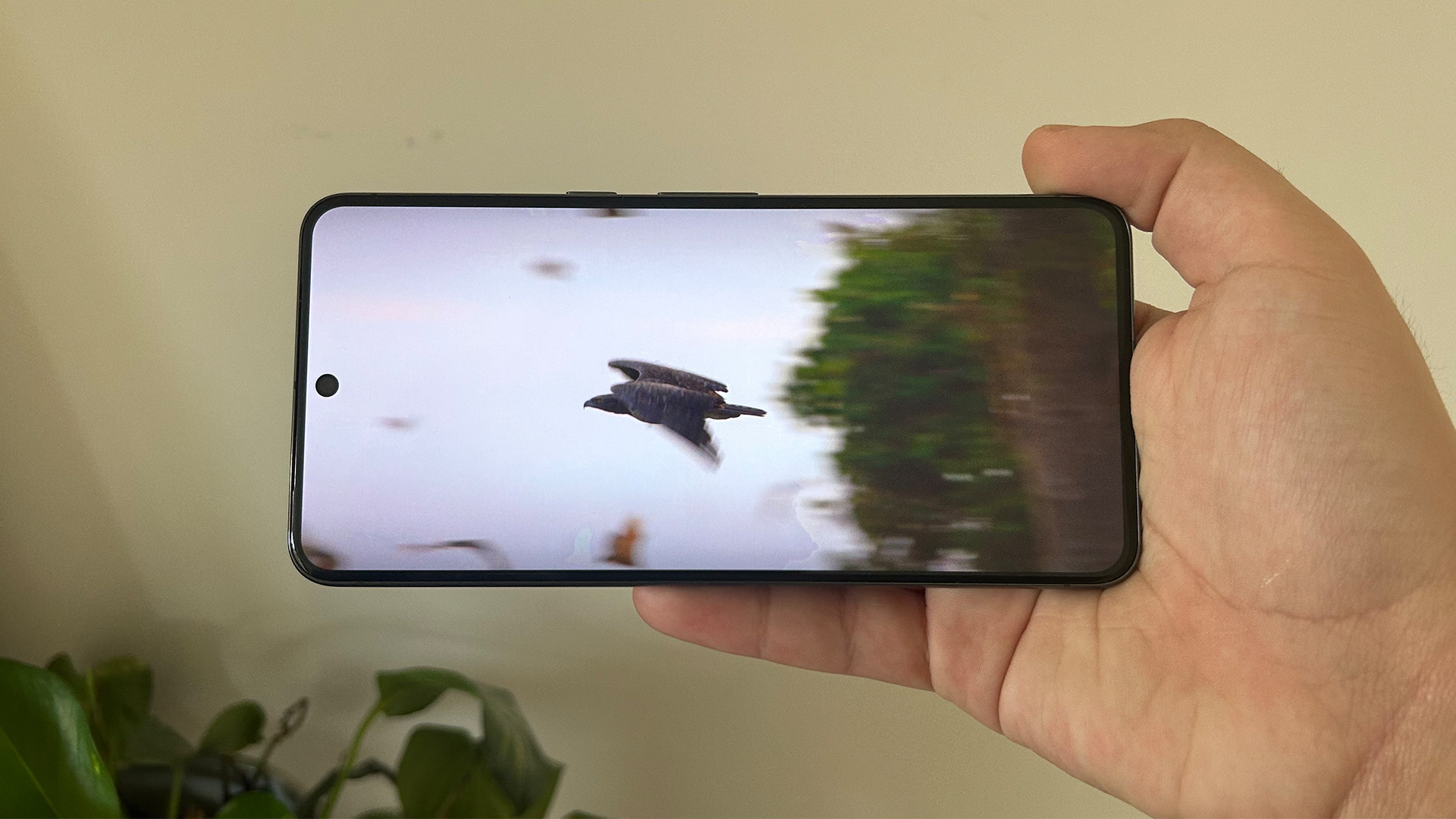
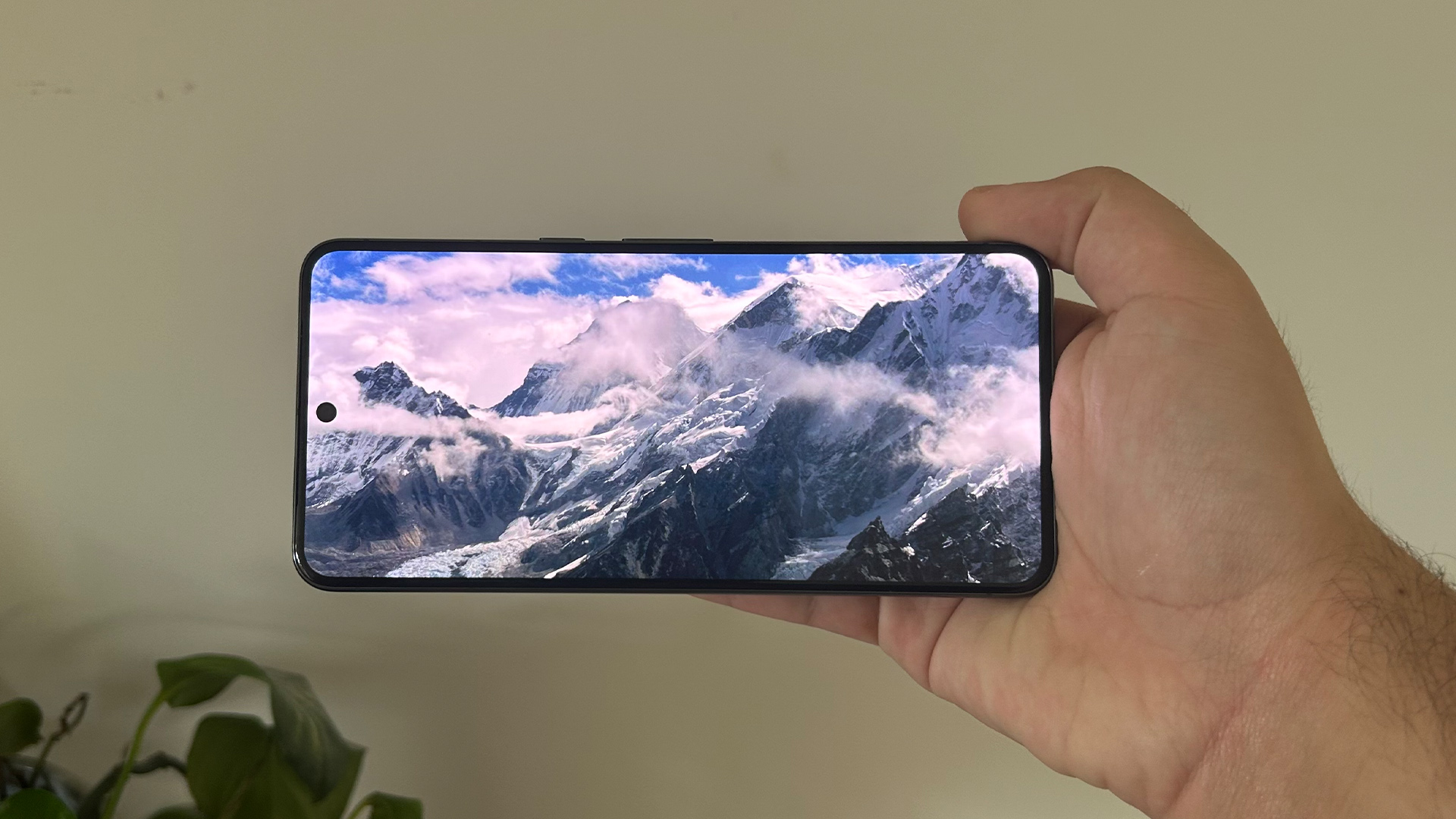
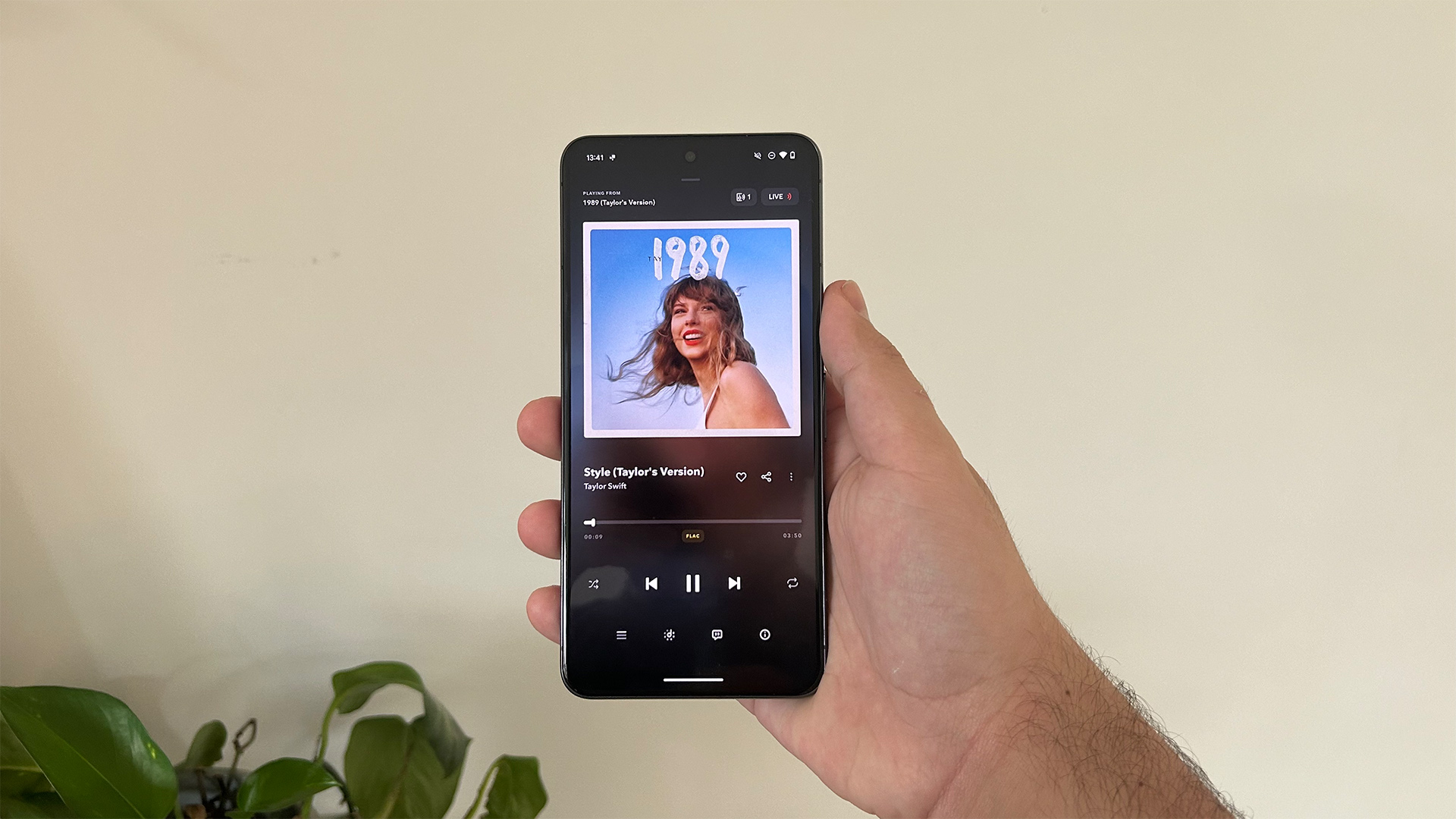
Specifications
Reasons to buy
Reasons to avoid
When it comes to picture and sound quality, the Pixel 8 Pro doesn't outperform the likes of the iPhone 15 Pro Max or Sony Xperia 1 V, but it still has plenty to offer for quite a lot less than its rivals.
It's the best-looking Pixel phone yet, with a frosted matte glass effect replacing the Pixel 7 Pro's glossy rear glass panel. Not only does this look pretty cool, it also makes the device easier to hold and use one-handed, as well as masking fingerprints.
Visually, it's very impressive, thanks to the Quad HD LTPO 120Hz OLED display, which varies the refresh rate from 1Hz to 120Hz depending on the content and results in scrolling that feels especially fluid. It supports HDR10+ (though not Dolby Vision or Dolby Atmos), with images looking crisp and sharp. Shadow handling isn't quite up to the same standard, unfortunately, and it can be a little overenthusiastic with bright colours.
Sonically, it's a big step up on its forebears, sounding noticeably warmer and richer. There's more detail and definition, making tracks sound more textured. The timing could be a little snappier, but its speakers are quite good for a phone's, with plenty of oomph. It won't replace a Bluetooth speaker, but should you have to listen without one, it won't offend you.
Read the full Google Pixel 8 Pro review
Also consider
Samsung Galaxy Z Fold 6: Samsung's latest foldable smartphone is a treat for fans of portable AV devices. It delivers an excellent picture and sound performance that, albeit at an incredibly premium price, however, its functionality just simply cannon be matched by your average smartphone.
How to choose the best Android phone for you
Choosing a new Android phone can be a daunting process, purely because there are so many different manufacturers to choose from. As well as familiar names such as Sony, Samsung, Google and Motorola, there are also newer brands on the scene including OnePlus, Xiaomi, Honor and Nothing, but we’ve already narrowed it down for you.
While there are no foldable phones on our list, most of the best Android handsets are pretty big nowadays, so make sure you’re happy with the bulk. The upside of this is that it’s much nicer to watch films on TV shows on a bigger screen, and while it won’t rival the TV in your living room, it makes for a much more immersive mobile viewing experience.
It’s not just about size when it comes to the screen either. Some of the devices on our list have displays that are in the 21:9 aspect ratio. This is good for watching things that have been shot in full cinema-style widescreen, but it’s worth considering just how much use you’ll get from it because it also affects the ergonomics.
If you are going to treat your phone like a portable TV, it’s worth paying attention to both the screen resolution and refresh rate. The best Android phones now come with OLED displays, which are bright and punchy, but some also support 4K HDR, while a high refresh rate will be most noticeable when scrolling and playing games.
If you’re still committed to your wired headphones, you’ll also want to choose a phone with a 3.5mm port. These have become harder and harder to find over recent years, with many manufacturers removing them to save space, but Sony still values the importance of audio quality. Without a 3.5mm socket you’ll either have to buy a USB dongle or a pair of the best wireless headphones.
It’s also worth noting that not all Android phones are created equal. While all supported iPhones get operating system updates at the same time, the fact that Android is available on so many different handsets means you might have to wait a while for major OS updates to be available for your specific model. This is improving, though, and some manufacturers now offer software and security updates for many years after launch, which should help you to extend your phone’s lifespan.
Android phone FAQ
What’s the difference between Android and iOS?
All smartphones have an operating system that turns them from a slab of silicone and glass into something you can use to watch Netflix, listen to Tidal, waste time on TikTok, and take photos of your own face.
There are two main options when it comes to choosing an operating system: iOS, which is only available on Apple iPhones, and Android, which is what powers all the others. All iPhones operate in exactly the same way, but manufacturers that use Android can add their own customisation, which usually takes the form of skins, launchers and pre-loaded apps.
Is Android better than iOS?
If it was a straight popularity contest, Android would win by some margin, but it’s not quite as simple as that. Only Apple makes phones running iOS, whereas multiple manufacturers make Android phones, including Sony, Samsung and Google itself.
The differences between the two are less pronounced now than ever, so which one you think is better almost entirely comes down to personal preference. Android often leads the way when it comes to features, although not all of them are available on all Android phones (some are exclusive to Google’s Pixel range, for example), but iOS loyalists often cite its simplicity as the main reason for their preference.
How we test the best Android phones
Every product that passes through What Hi-Fi?’s state-of-the-art testing facilities is subject to a thorough evaluation by our team of expert reviewers – and Android phones are no different.
Whether it’s made by Sony, Samsung or any of the other brands that use Android, each one is put through the same process, which, as well as testing audio and video performance in isolation, involves plenty of real-world use. We live with each phone, testing the screen, sound quality, battery life, cameras and general performance under the same kind of conditions that you’ll be using them in, so you know you can trust the conclusions we come to.
All of our verdicts are agreed upon by the whole What Hi-Fi? team, not just a single reviewer, which helps to eliminate personal preferences affecting our star ratings, and every product’s merits are considered in relation to their rivals in the same sphere, which ensures consistency.
If you add up all of the years the What Hi-Fi? editorial team has spent reviewing and writing about consumer technology the number hits three digits, so you can be sure that our verdicts are backed up by sufficient experience. We then pick out the best ones to feature in our Best Buys, so all the Android phones listed above are fully recommended by What Hi-Fi?. You can read more about how we test products here.
Recent updates
March 2025: Replaced the Sony Xperia 10 V with the Sony Xperia 10 VI as the best budget option, and the Samsung Galaxy S24 Ultra with the Samsung Galaxy S25 Ultra as the best Samsung option. Removed the OnePlus 11 5G from the also consider list.
MORE:
Our pick of the best wireless headphones
And the best true wireless earbuds
The latest hi-fi, home cinema and tech news, reviews, buying advice and deals, direct to your inbox.
Lewis Empson is a Senior Staff Writer on What Hi-Fi?. He was previously Gaming and Digital editor for Cardiff University's 'Quench Magazine', Lewis graduated in 2021 and has since worked on a selection of lifestyle magazines and regional newspapers. Outside of work, he enjoys gaming, gigs and regular cinema trips.
